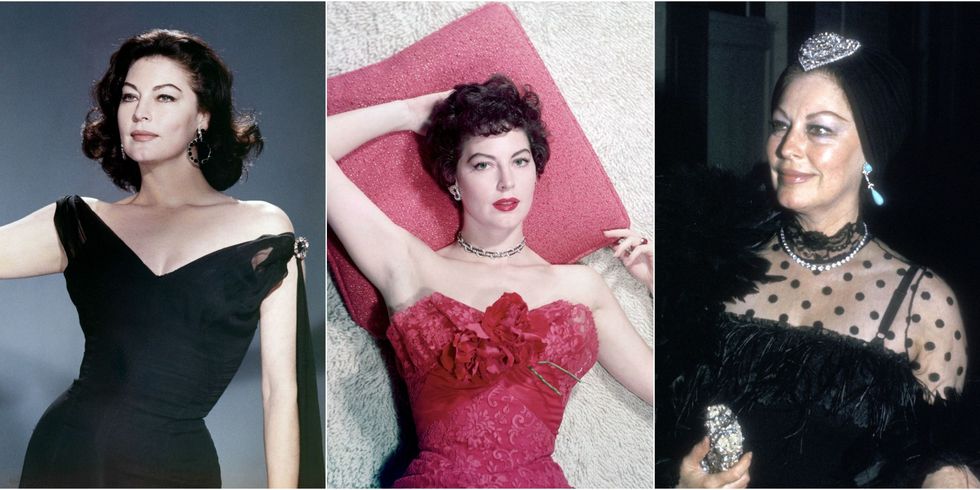The Mona Lisa is considered one of the paintings globally with a plethora of secrets and a fascinating history that goes beyond just its surface appearance. In this, in depth examination we will uncover the story, behind Leonardo da Vincis life. Delve into the methods he used well as the intriguing characteristics that elevate the Mona Lisa to an enduring work of art.
Introduction to the Mona Lisa
The Mona Lisa isn't a painting – it's a masterpiece that enchants people across eras and societies, with its timeless appeal.
When you look at the Mona Lisa painting, in person it's a experience that almost feels like meditation. It's so different from the crowds usually found around it. This artwork encourages people to take a moment to think and ponder which sets it apart from pieces, in the art scene.
Leonardo da Vinci's Life and Career
Leonardo da Vinci was an individual, with a range of interests that included artistry and scientific exploration beyond just engineering boundaries too.
Leonardos endless curiosity led him to delve into the connections, between art and science during his lifetime.He painstakingly examined anatomy well as geology and botany to enhance his artistic creations.His groundbreaking concepts and methods set the stage for artists.
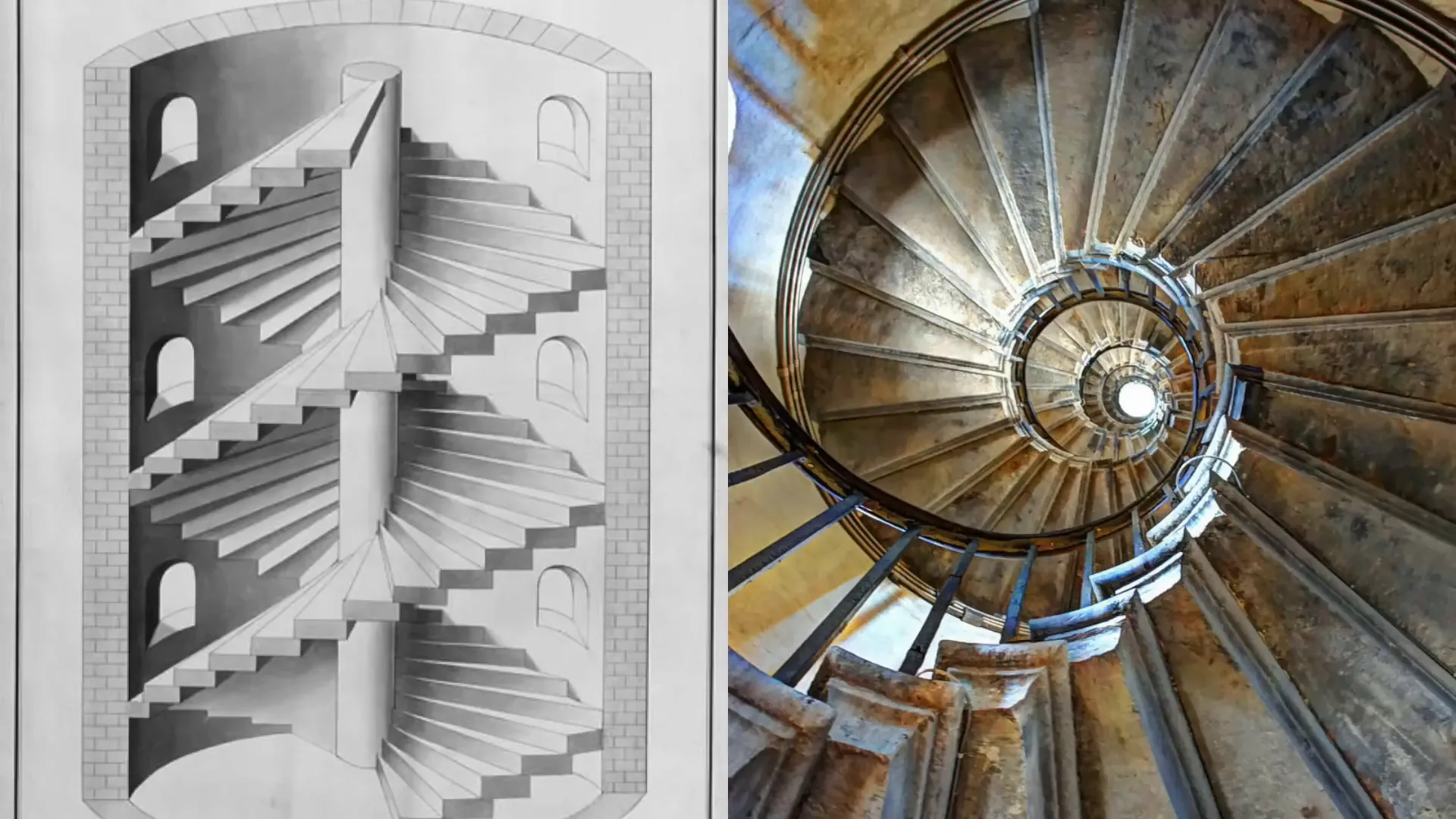
The Significance of the Mona Lisa
The Mona Lisa is frequently praised as the example of portrait artistry, valued for both its beauty and the deep emotional complexity it communicates to viewers showcasing Leonardos talent in portraying the intricacies of feelings and setting a remarkable benchmark in the world of artistry.
This artwork has turned into an icon that embodies the curiosity and exploration of the Renaissance era. Its significance has been heightened by its history involving theft, vandalism and a multitude of analyses, by art experts and fans.
Identifying the Subject: Lisa del Giocondo
Lisa Gherardini or Lisa del Giocondo is commonly believed to be the woman depicted in the Mona Lisa painting by Leonardo da Vinci. She was married, to Francesco del Giocondo who was a silk trader and her identity has been verified through records and academic investigations. The artwork was ordered to commemorate the acquisition of their residence.
Lisa experienced a mix of advantages and struggles, throughout her life as she oversaw a household with five kids and navigated the norms of her era.The decision to depict a woman, in his work was groundbreaking for Leonardo as it opened up creative possibilities for him.
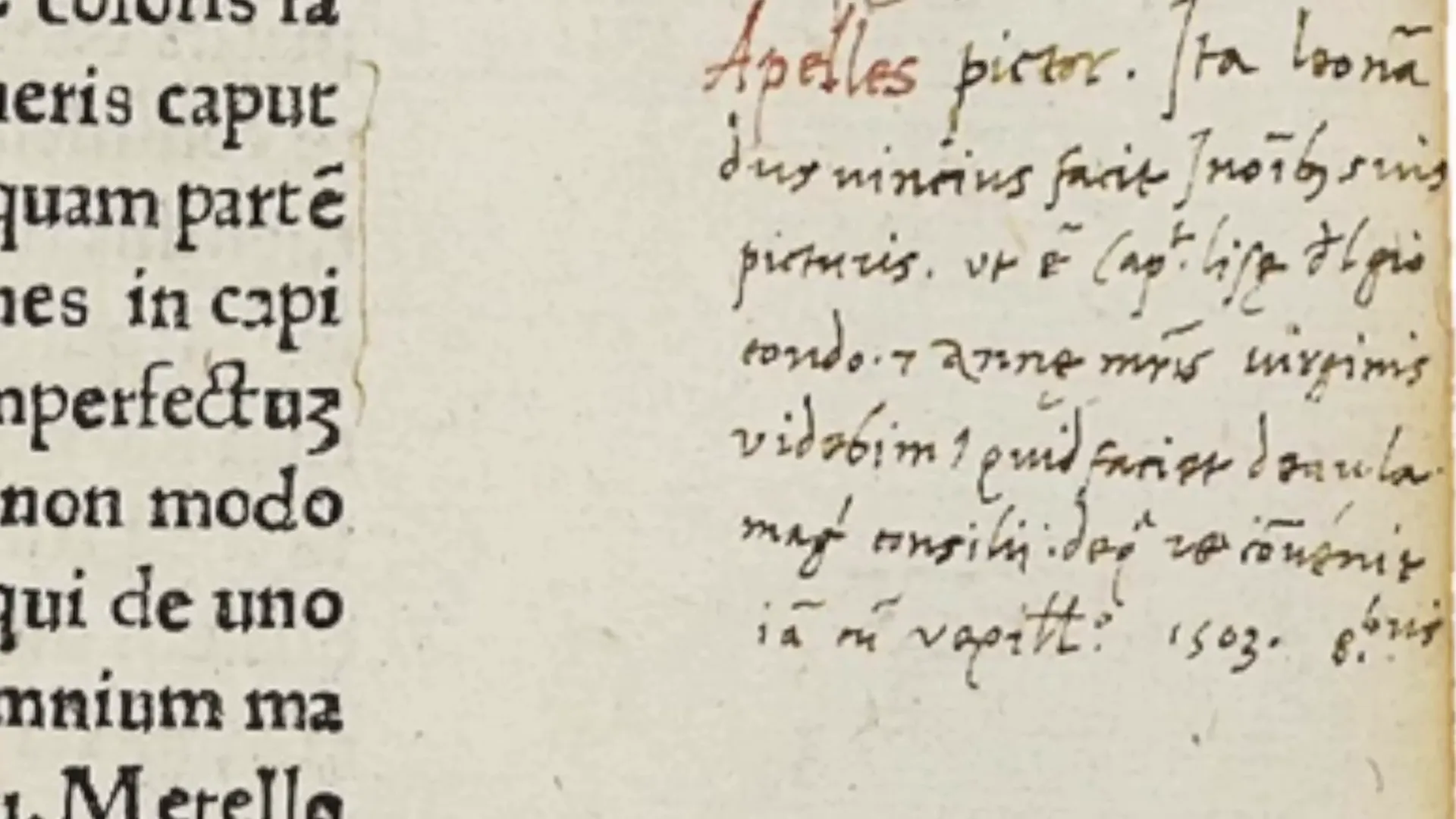
Understanding Leonardo's Techniques
The artistic skill of Leonardo da Vinci shines through the Mona Lisa painting with his use of techniques that focus on capturing realism and depth through layerings of glazes to achieve a timeless ethereal charm that continues to captivate viewers today.
He was known for using chiaroscuro in his artwork to play with light and shadow for a sense of depth and realism, in his subjects that makes viewers feel an connection, to the painting.
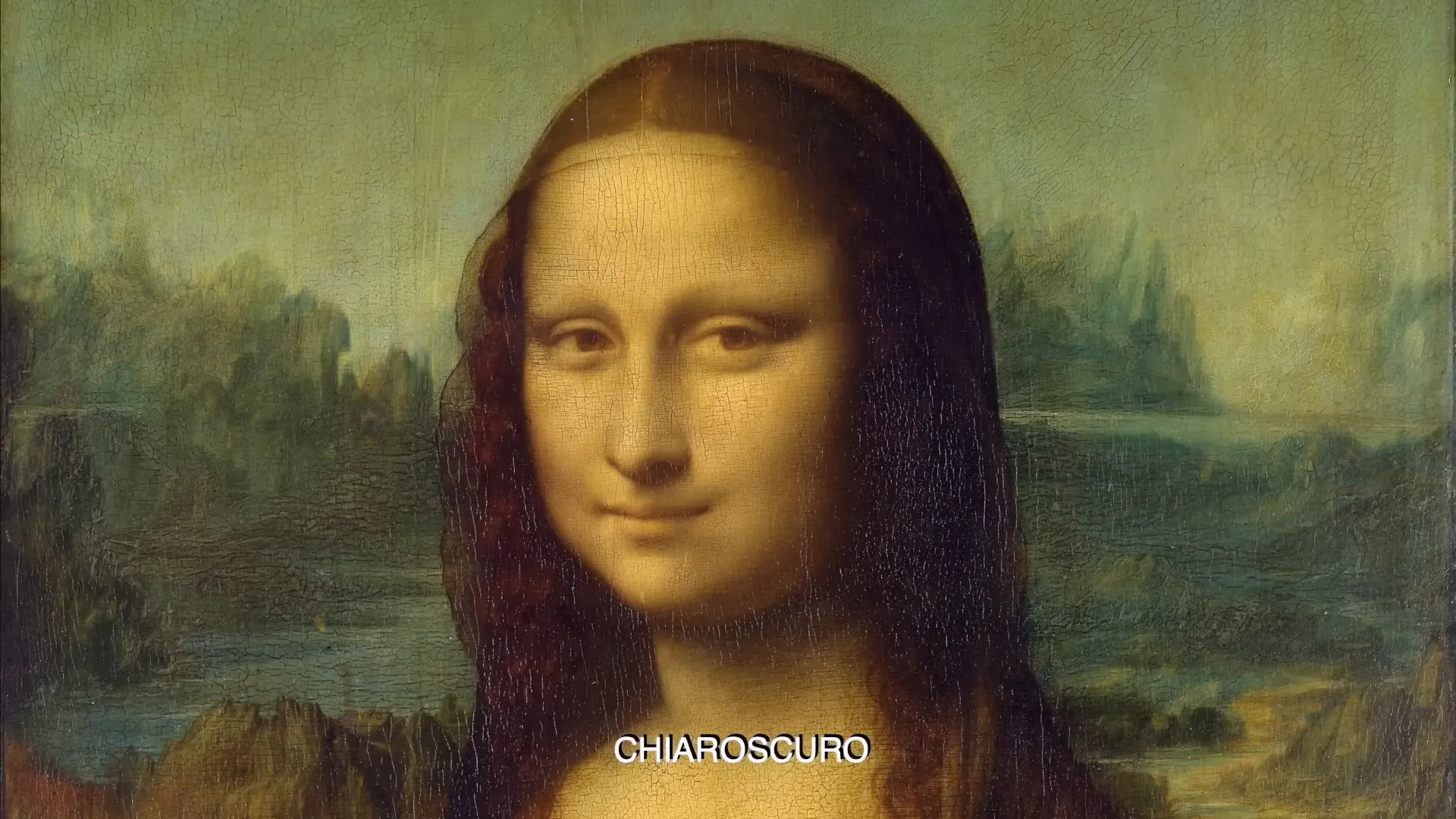
The Use of Layers in Painting
Leonardos skill, in painting the Mona Lisa can be seen in the way he used layers to create depth in the artwork by applying semi transparent glazes that captured and reflected light beautifully throughout the paint layers.The result is a captivating luminosity that gives the painting a sense of vitality and realism.
Leonardos artistic process involved utilizing as 30 distinct paint layers meticulously applied to elevate the compositions overall quality and demonstrate his unwavering commitment, to perfectionism.
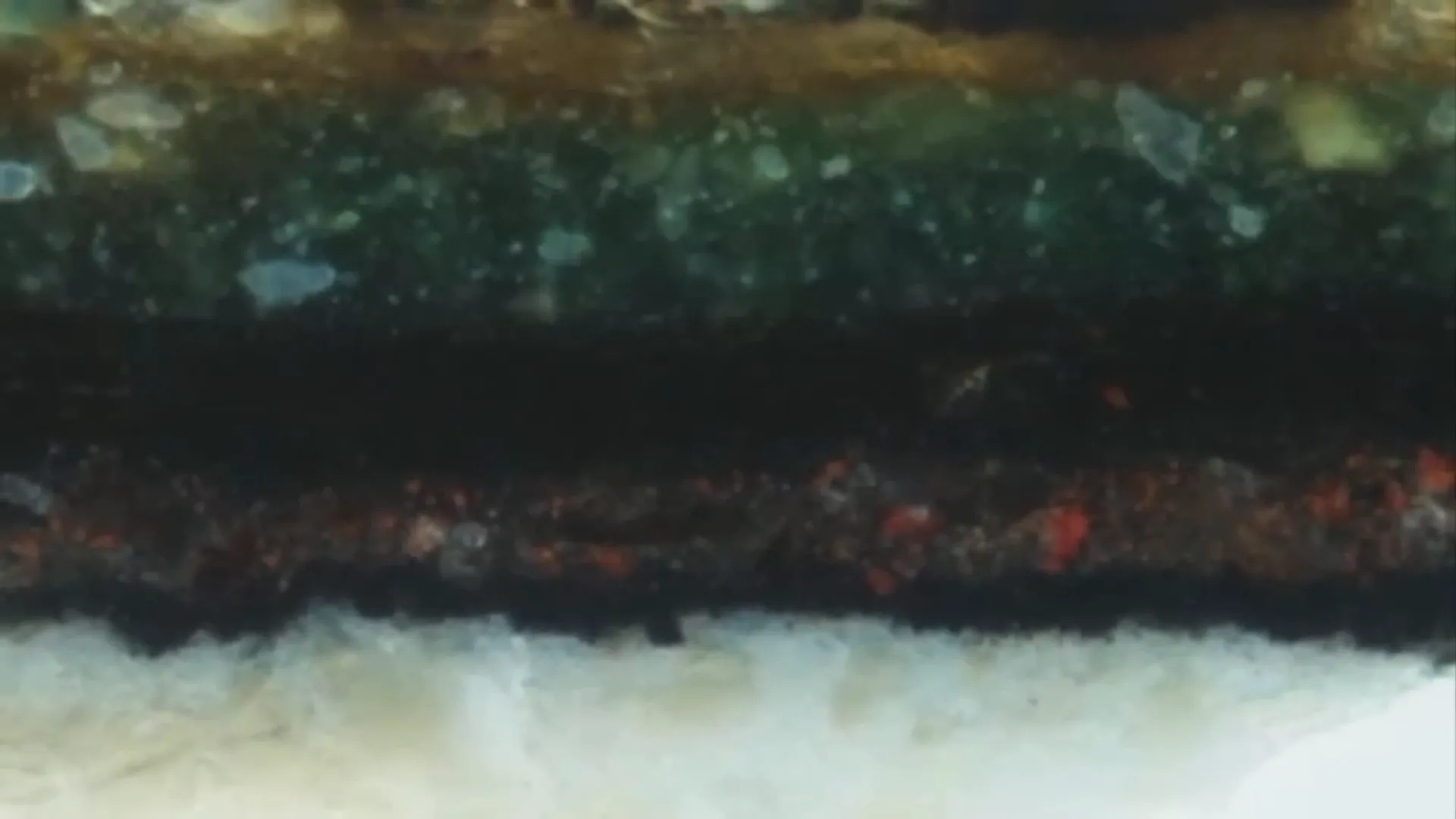
The Influential Techniques of Chiaroscuro and Sfumato
Leonardo introduced two methods. Chiaroscuro and sfumato. That had an impact, in the art realm.Chiaroscuro focuses on the contrast, between light and shadow to add dimensionality to artworks; whereas sfumato is about gently blending colors and tones together.
The techniques showcased prominently in the Mona Lisas smile and the gentle blending, around her features give rise to a sense of ambiguity that encourages viewers to perceive her expression in ways.
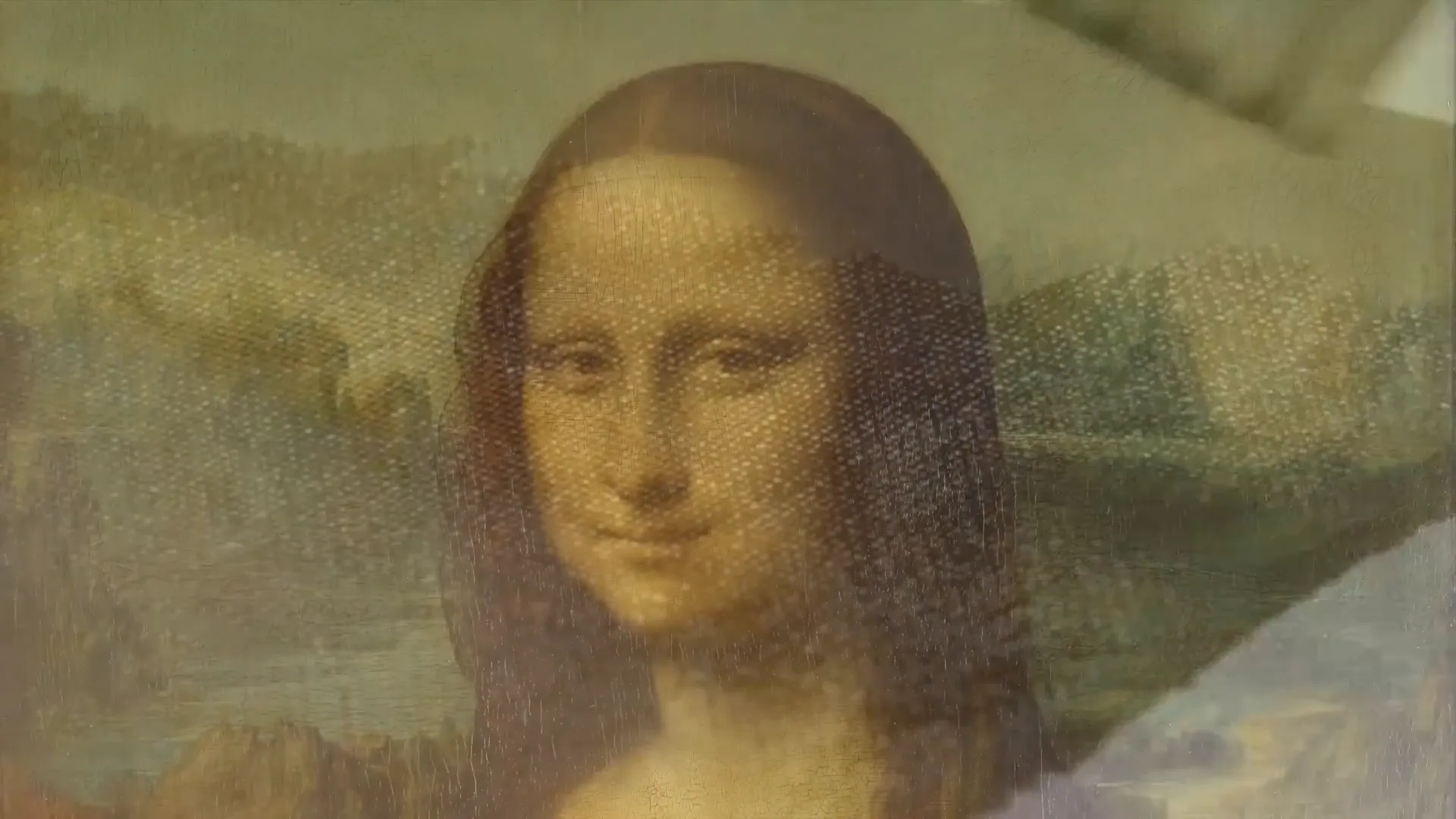
Leonardos grasp of light and optics enabled him to manipulate these aspects to capture a realism, in art history, where the play of light on the canvas not just elevates its aesthetics but also stirs emotions, within those who behold it.
The Veil and Other Details
The Mona Lisas enchantment lies in the veil that delicately drapes over her face in a way that highlights Leonardos mastery of artistry.The interplay of light and shadow, on the fabric adds depth to the painting. Accentuates the contrast between the dark edges and the radiant skin, on her forehead.
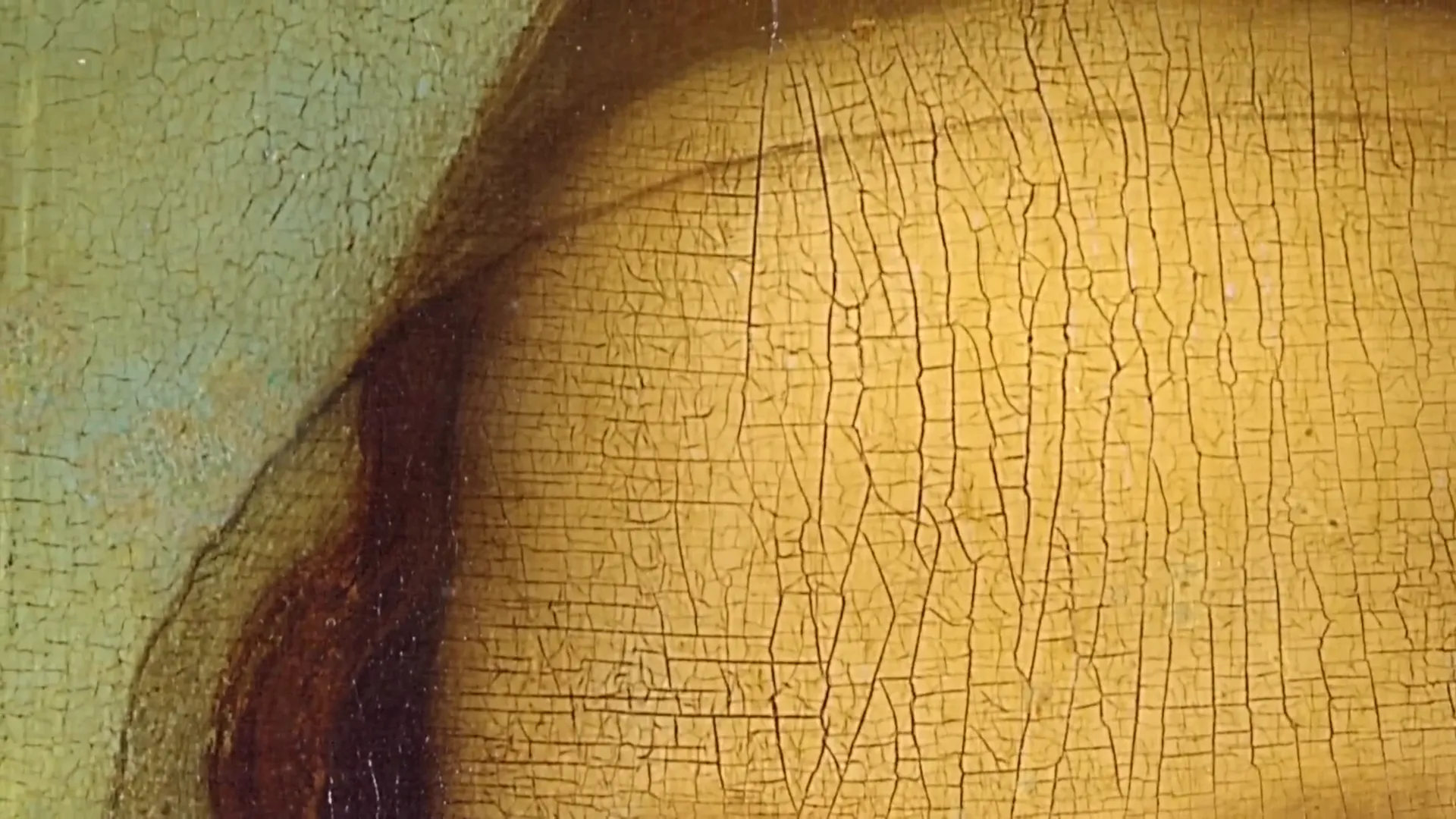
Leonardo started by painting the backdrop before adding a glaze to bring out the veils details beautifully in his artwork.This method showcases his ability to capture realism and attention to detail in his paintings for viewers to admire both the subject and the fine nuances, within the piece.
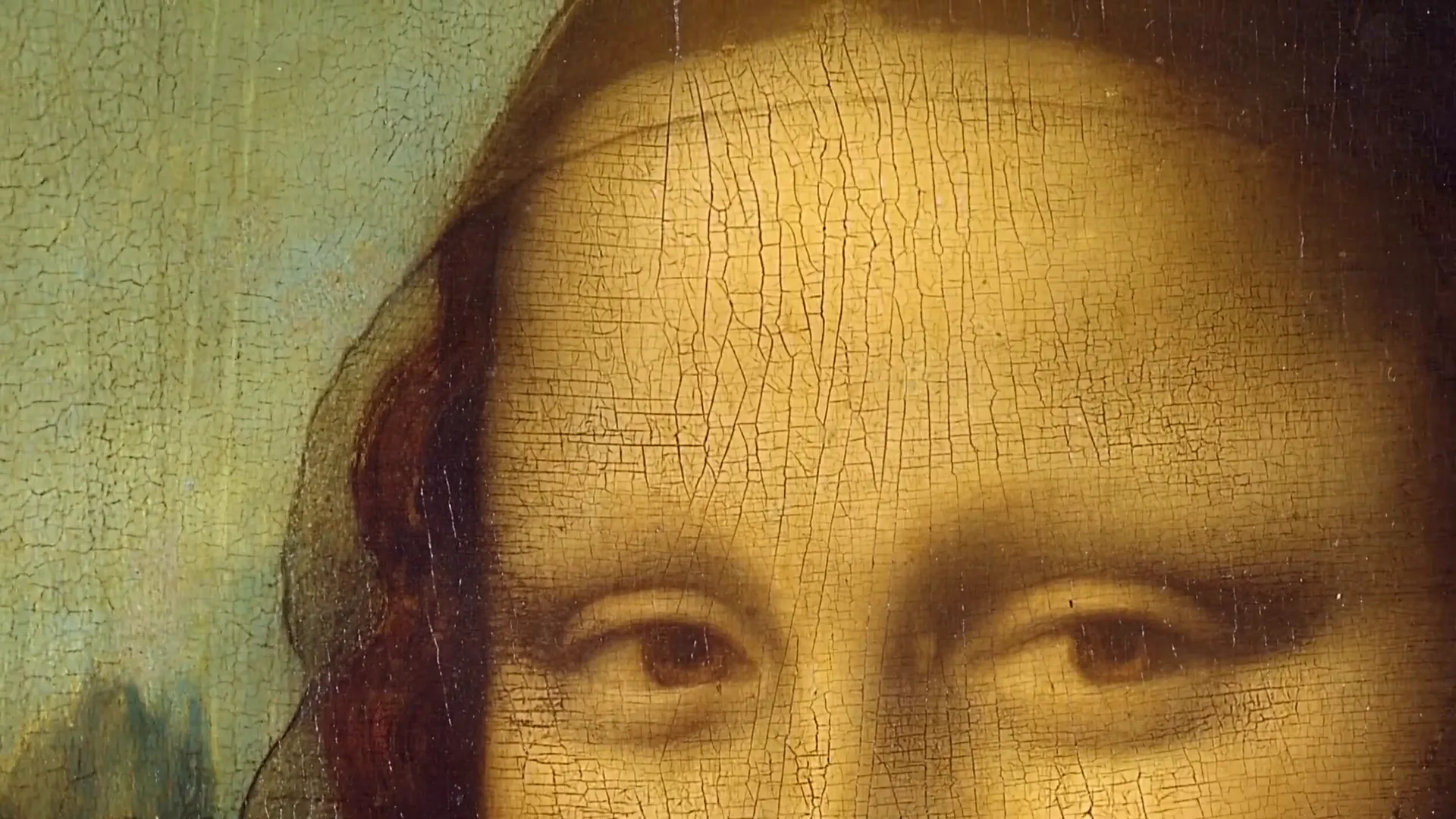
Symbolism of Clothing and Accessories
It's fascinating how the Mona Lisas clothing and accessories are quite plain compared to the symbols seen in portraits, from that era.However, than garments or expensive jewelry she wears an outfit that draws attention to her face. The main highlight of the painting.
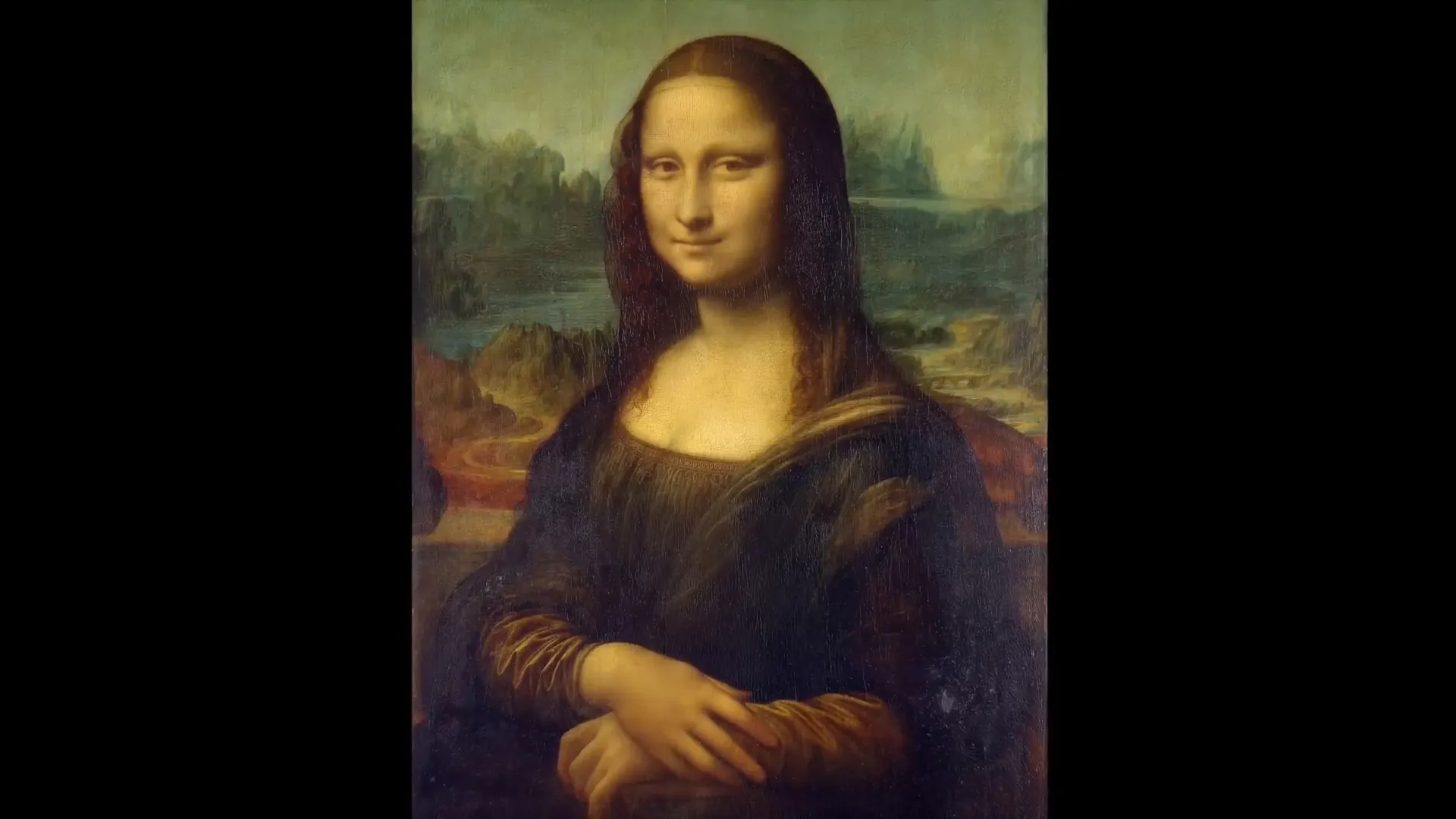
Leonardos intentional decision highlights the importance of focusing on her expression that conveys a mix of emotions and depth. The lack of display creates a bond, with the audience and encourages them to reflect on her mysterious smile.
The Mystery of the Eyebrows
An interesting point, about the Mona Lisa is her missing eyebrows and eyelashes which're not due to fashion but a result of time and the various cleaning and restoration processes she has undergone that have caused the delicate features to fade away over time. Historical replicas of the portrait offer clues, about how she might have looked.
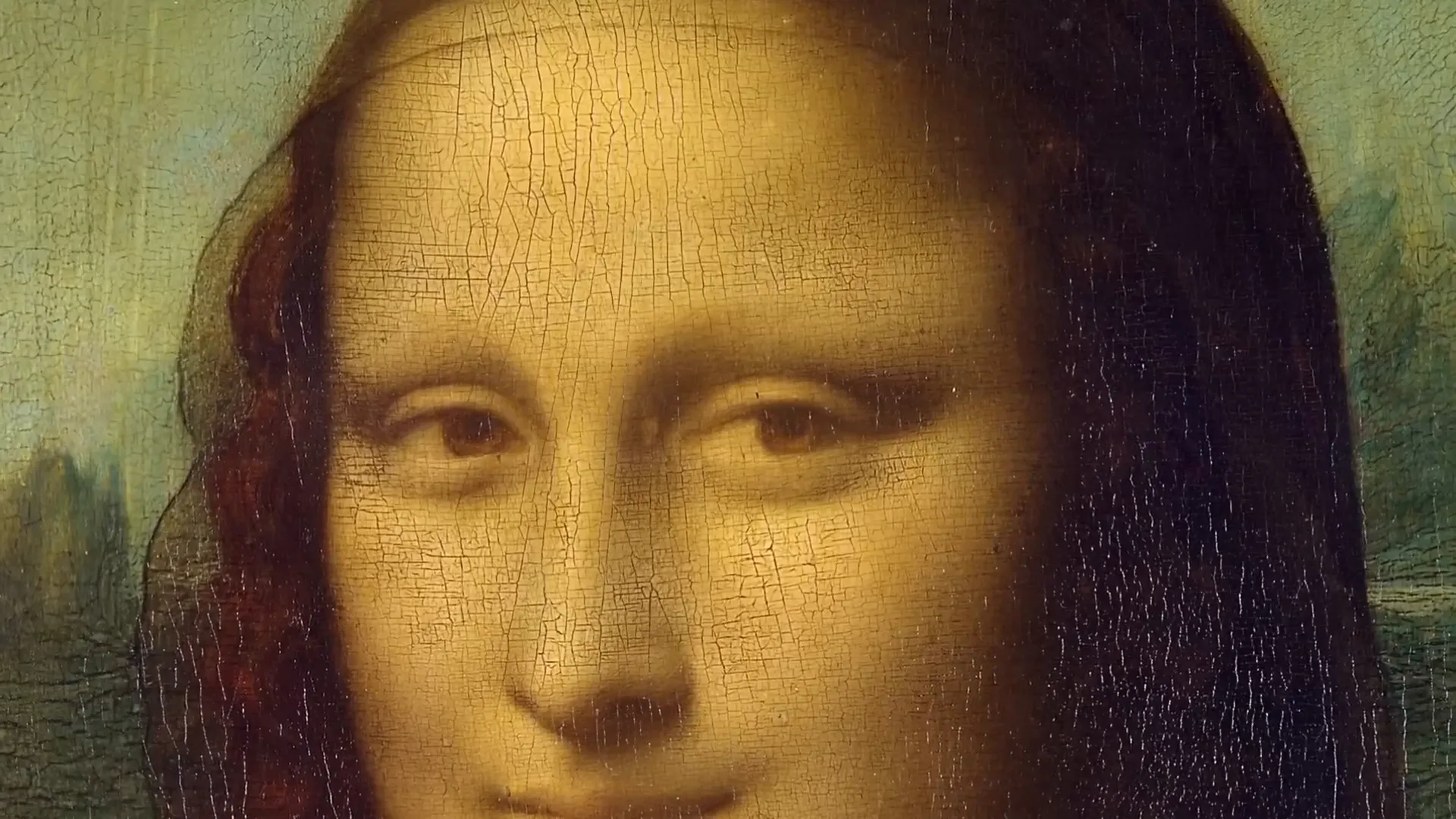
Leonardos studio was essential, in the making of the Mona Lisa with a group of apprentices working together on the masterpiece project. These aspiring artists honed their craft through emulating their mentors techniques and styles to maintain the authenticity of the artwork while providing insights, into its stages.
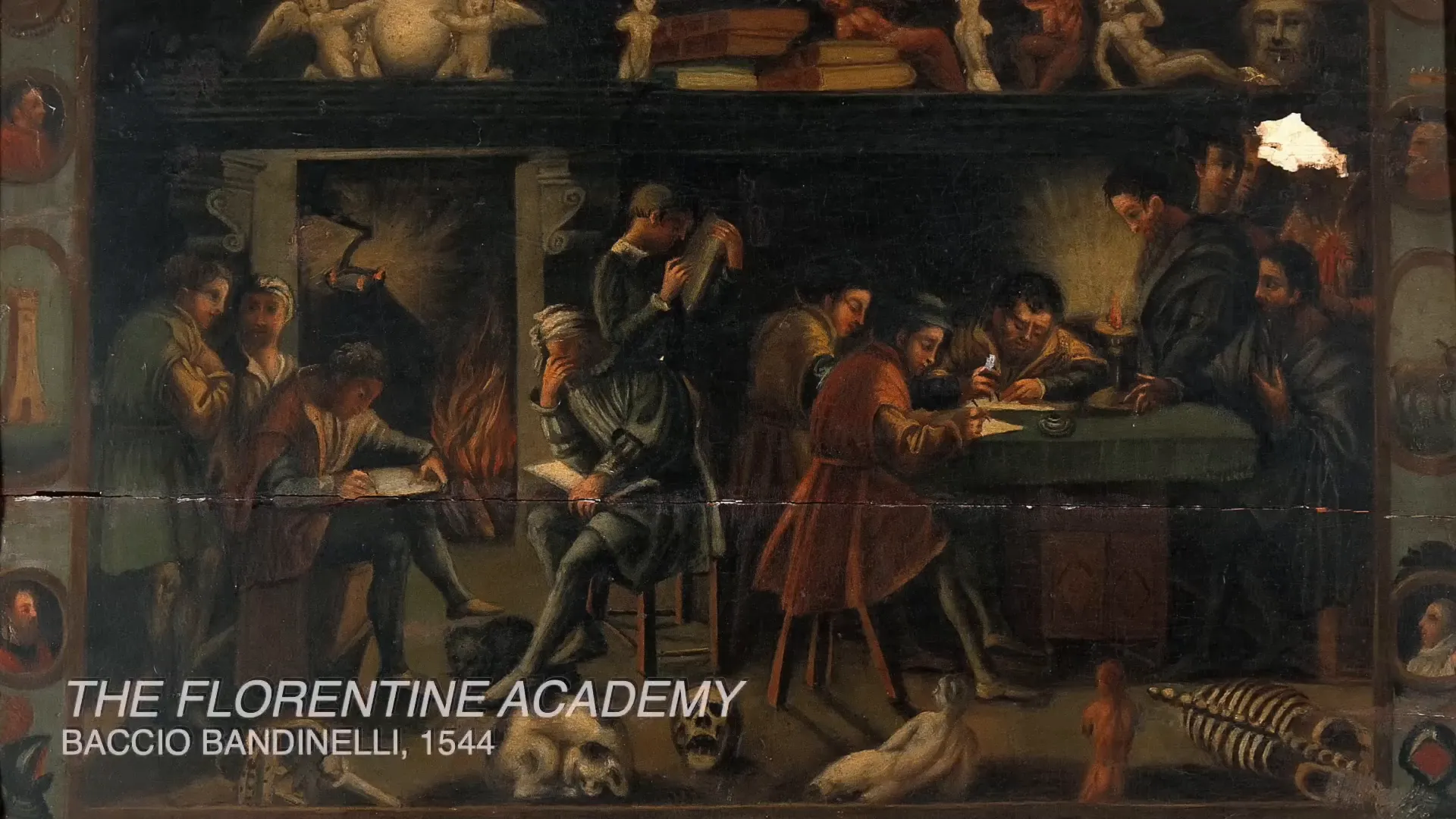
The Role of Leonardo's Apprentices
Leonardo relied on his apprentices, for inspiration and growth in his endeavors.

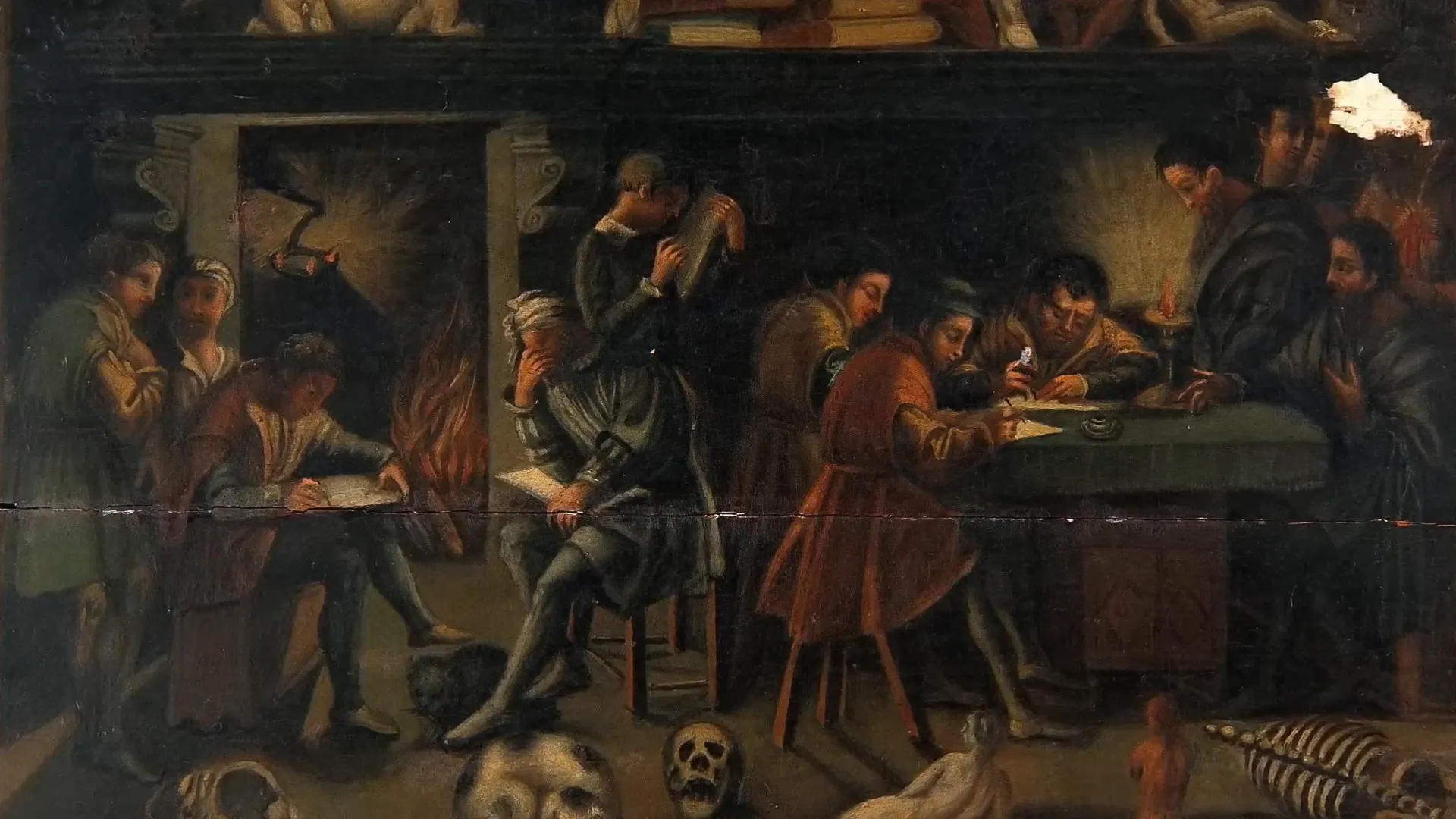
Through multi spectral analysis discoveries show that Leonardo da Vinci utilized a sketch known as a "Cartoon" to craft the Mona Lisa masterpiece. This technique comprised puncturing holes around the sketchs outline. Then applying charcoal dust to create a foundation, for painting the portrait. The detailed nature of this approach highlights the significance of planning in Leonardos endeavors.
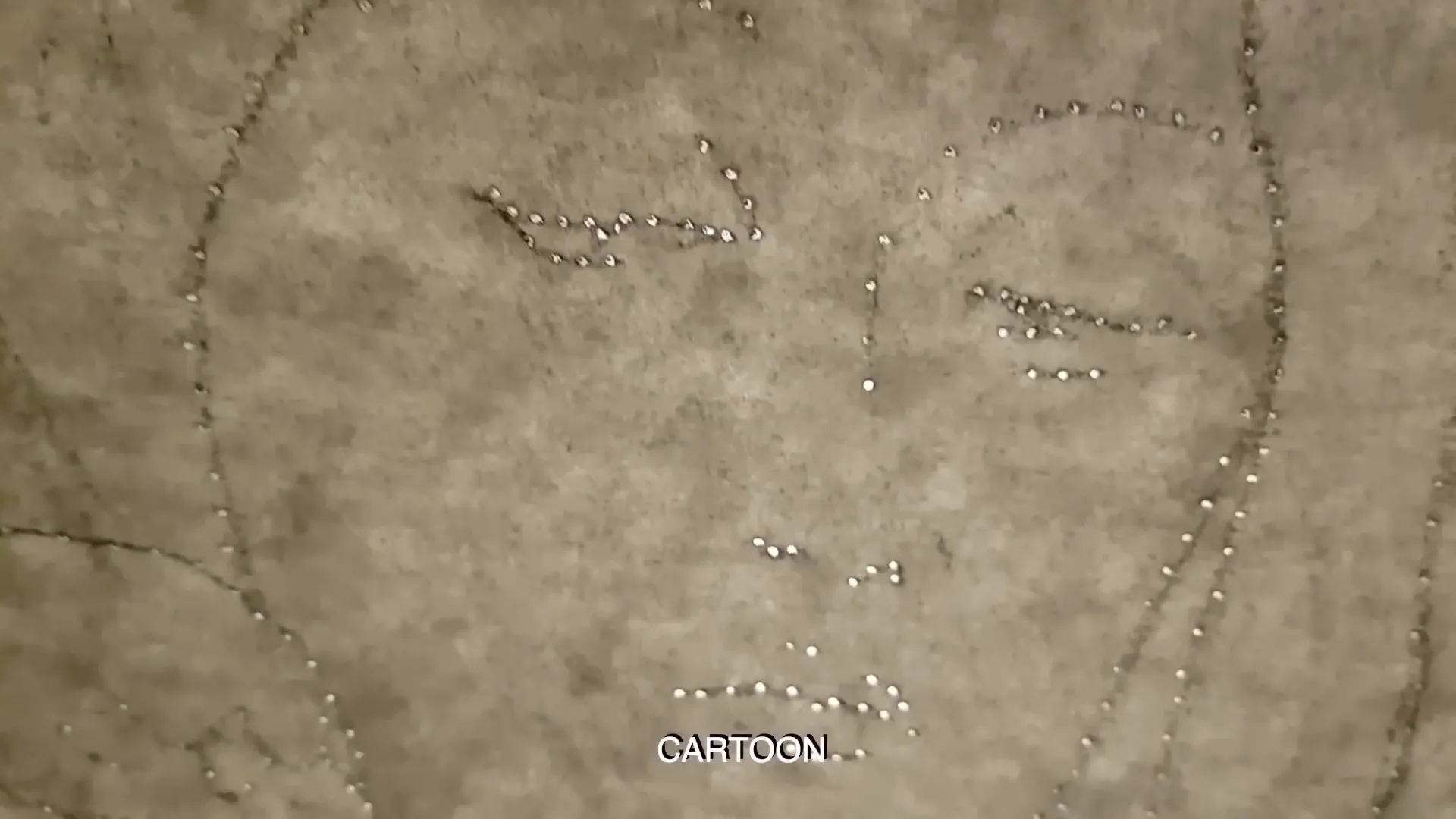
The Pyramid Composition and Its Impact
Leonardos incorporation of the pyramid layout is a defining feature of Renaissance artwork It offers a sense of balance and guides the observers attention towards the subject at the center This method, in the depiction of the Mona Lisa pulls us closer, to her facial features heightening the personal connection portrayed in the painting.
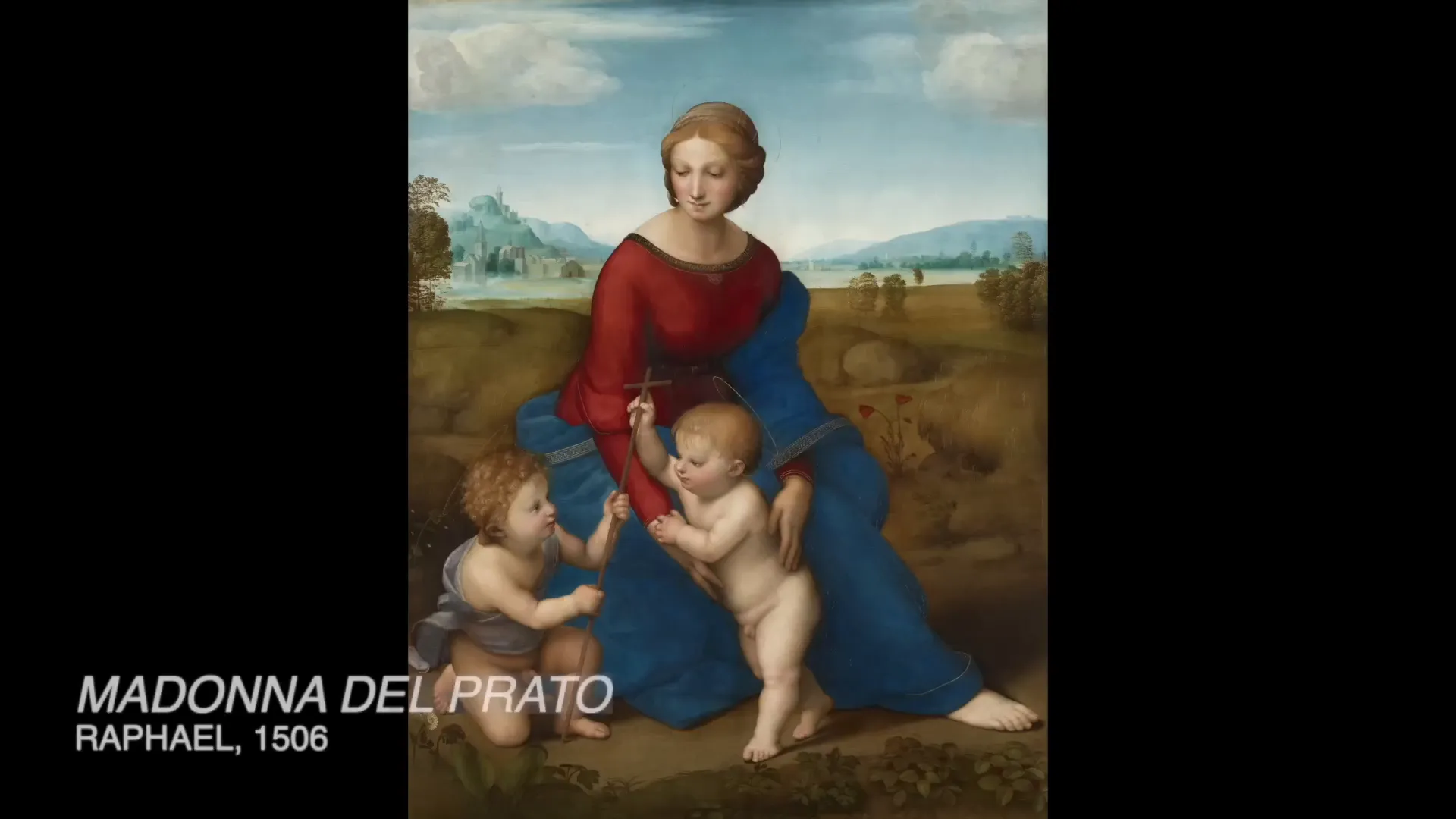
The pyramid structure, in art signifies a departure from the flat and linear styles seen in earlier paintings. This approach creates a connection between the subject of the artwork and the observer encouraging a deeper level of involvement, with the piece.
Mona Lisa's Groundbreaking Pose
Leonardos decision to portray Mona Lisa in a three quarter length stance was groundbreaking for its time period, during the Renaissance era because it effectively fills the canvas with an immediate presence that was not typical then.The natural placement of her hands and the subtle twist of her body all add to the essence of the painting.
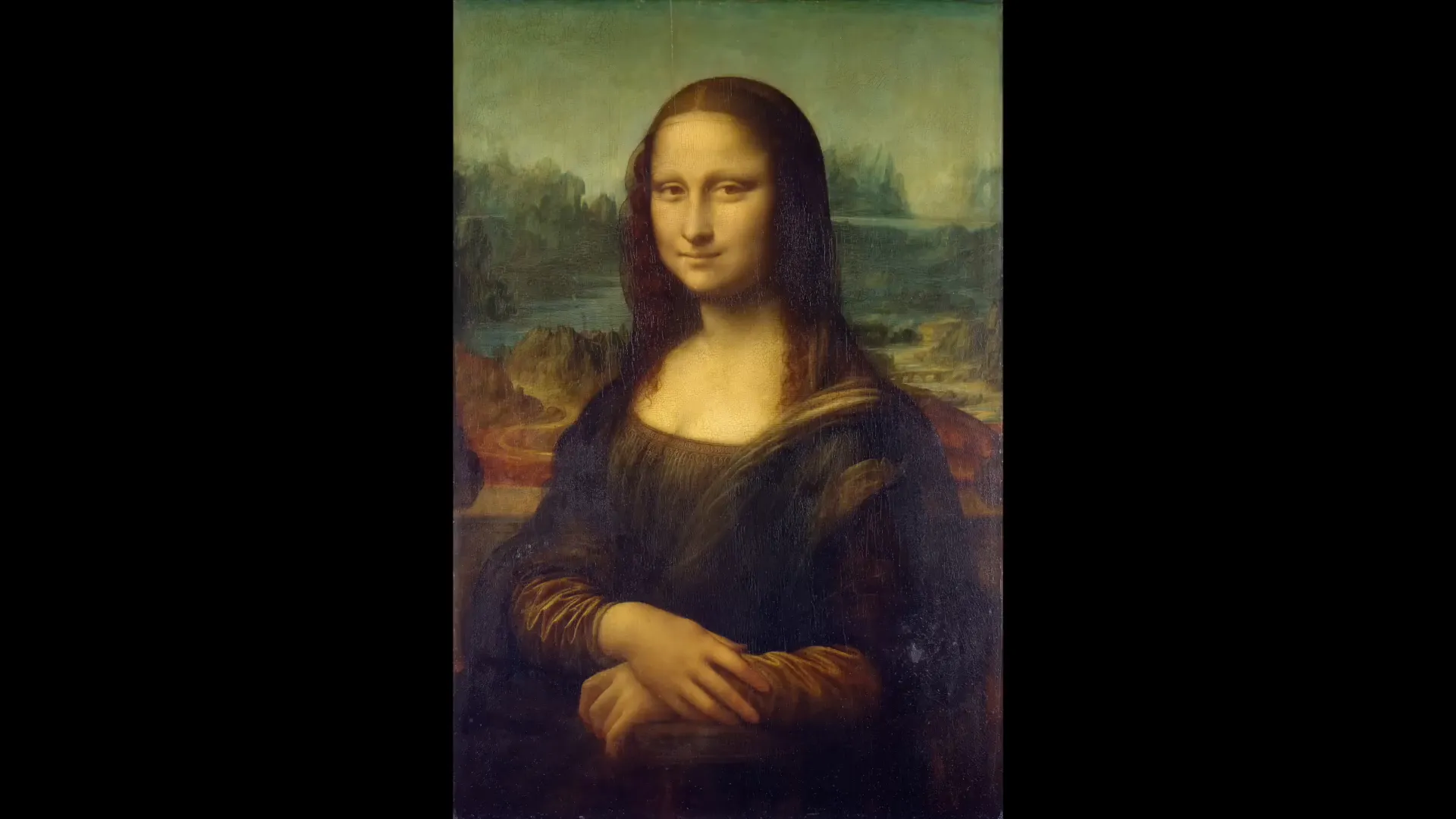
Mona Lisas relaxed and confident stance contrasts with the formal poses commonly seen during that era when women were usually portrayed in side profile with expressions.The engaging look of Mona Lisa makes the viewer feel connected and questions the norms of society.
The Background and Aerial Perspective
The setting, behind the Mona Lisa is just as intriguing as the woman herself within the painting by Leonardo da Vinci takes us on a journey through space and time with his use of perspective which was truly revolutionary, during that era The scenery extends towards faraway frosty peaks while a pathway and a bridge subtly suggest human activity linking us to the vast world beyond.
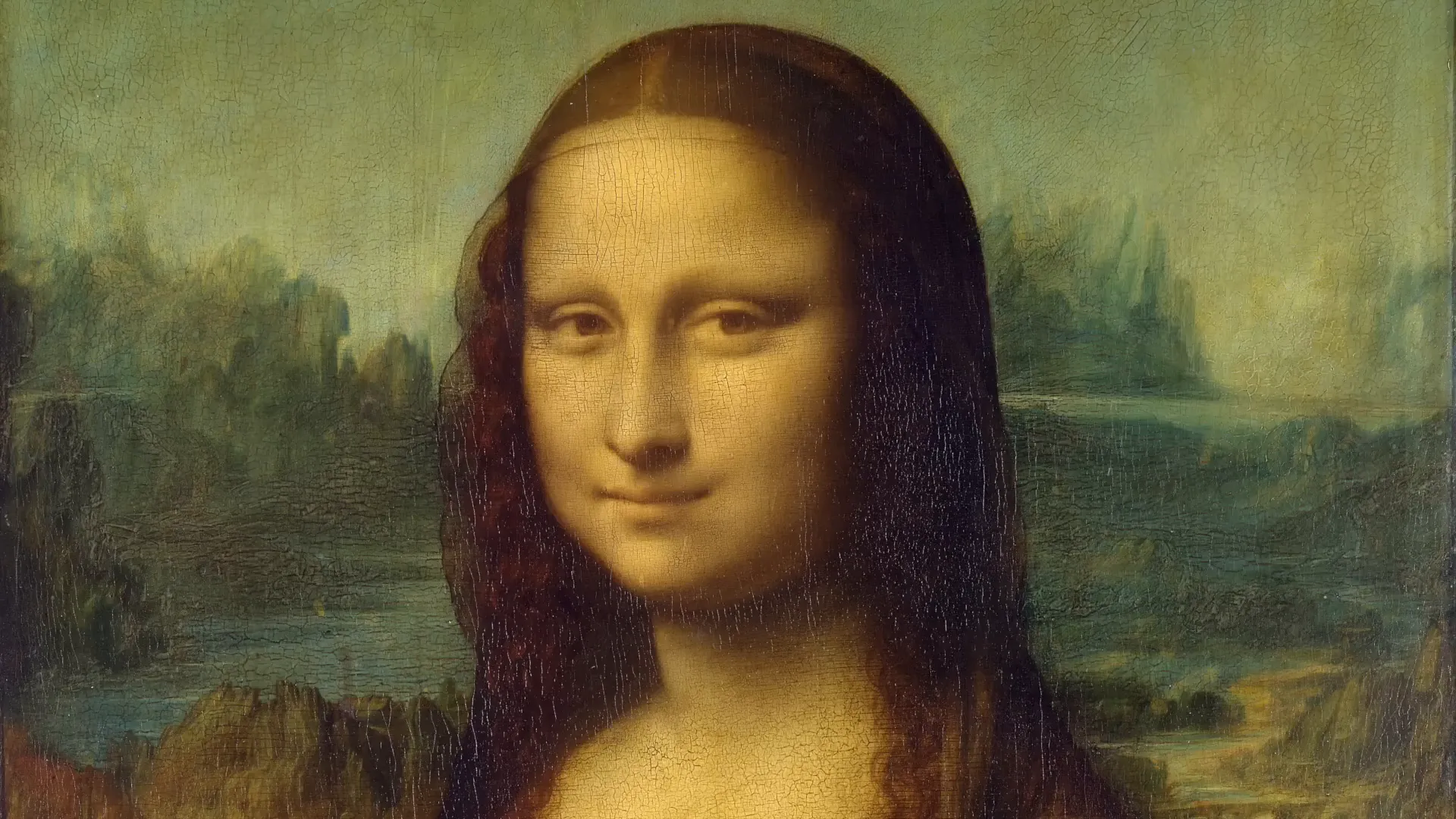
This new method stands out from the backgrounds seen in portraits by making the painting more realistic overall, with its intricate use of colors and the creation of depth to show Leonardos deep grasp of light and nature.
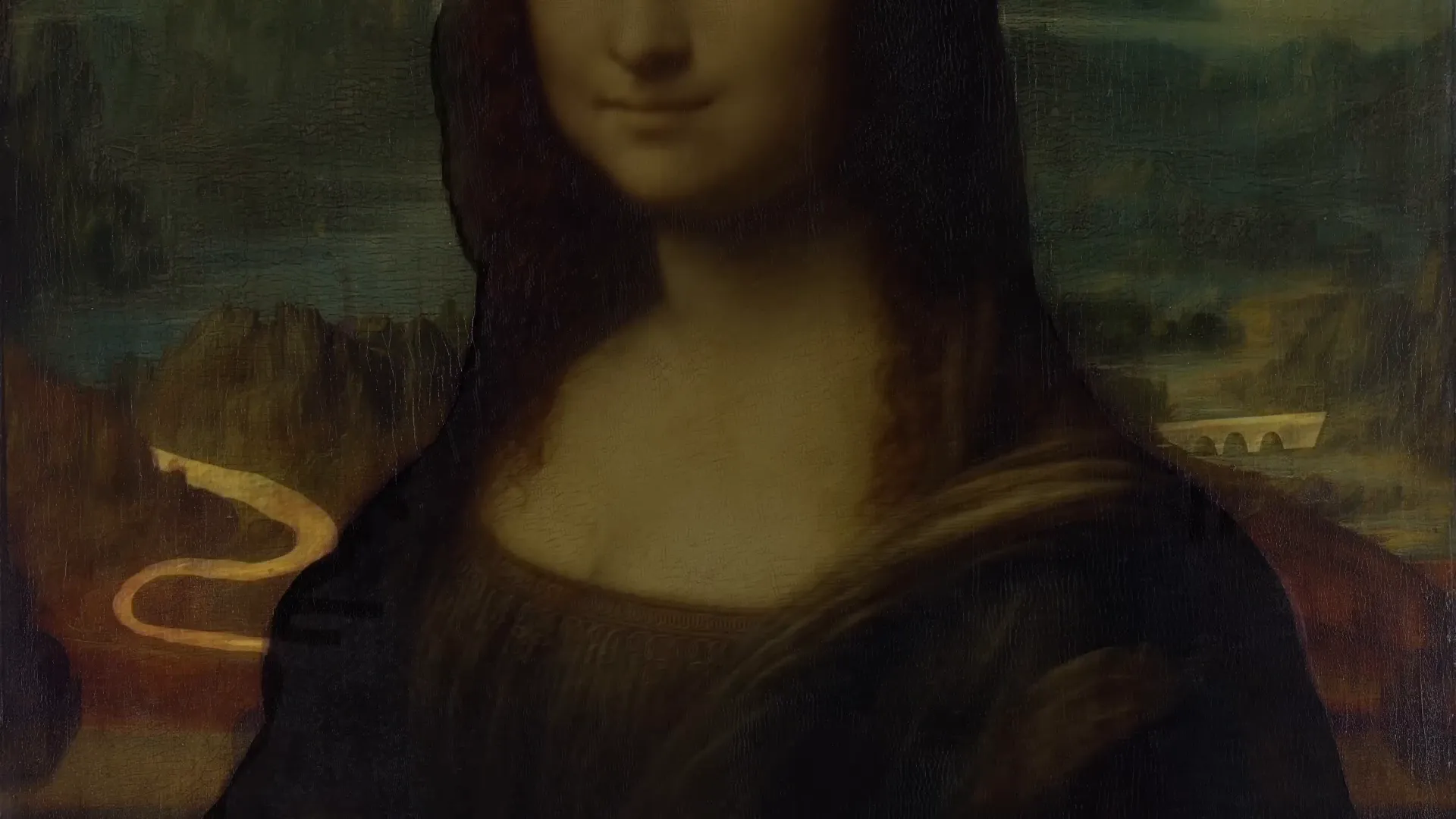
Leonardos admiration, for the harmony between humanity and nature is evident in the Mona Lisa through how the swirls of her hair and garments mirror the curves of valleys and rivers in the backdrop Research informed every detail of the artwork. From the portrayal of the scenery, to the emotions captured on Mona Lisas face.
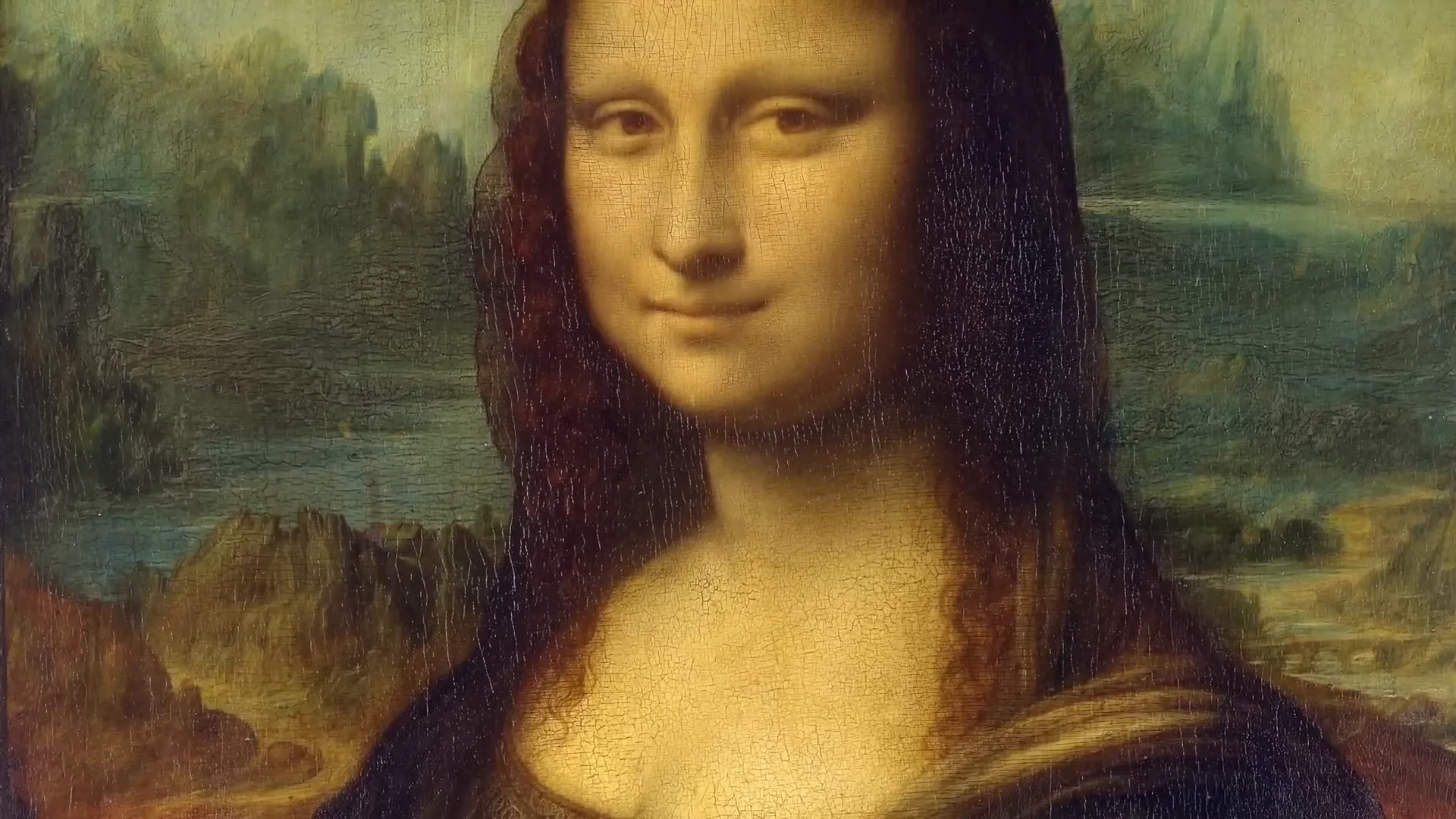
The Illusion of Movement
The Mona Lisas charm lies in how Leonardo da Vinci infuses the painting with a sense of motion, through tilted horizons, in the landscape – a visual trick that tricks viewers minds into perceiving dynamism in the artwork and almost feeling as if the figure is subtly moving within its frame.
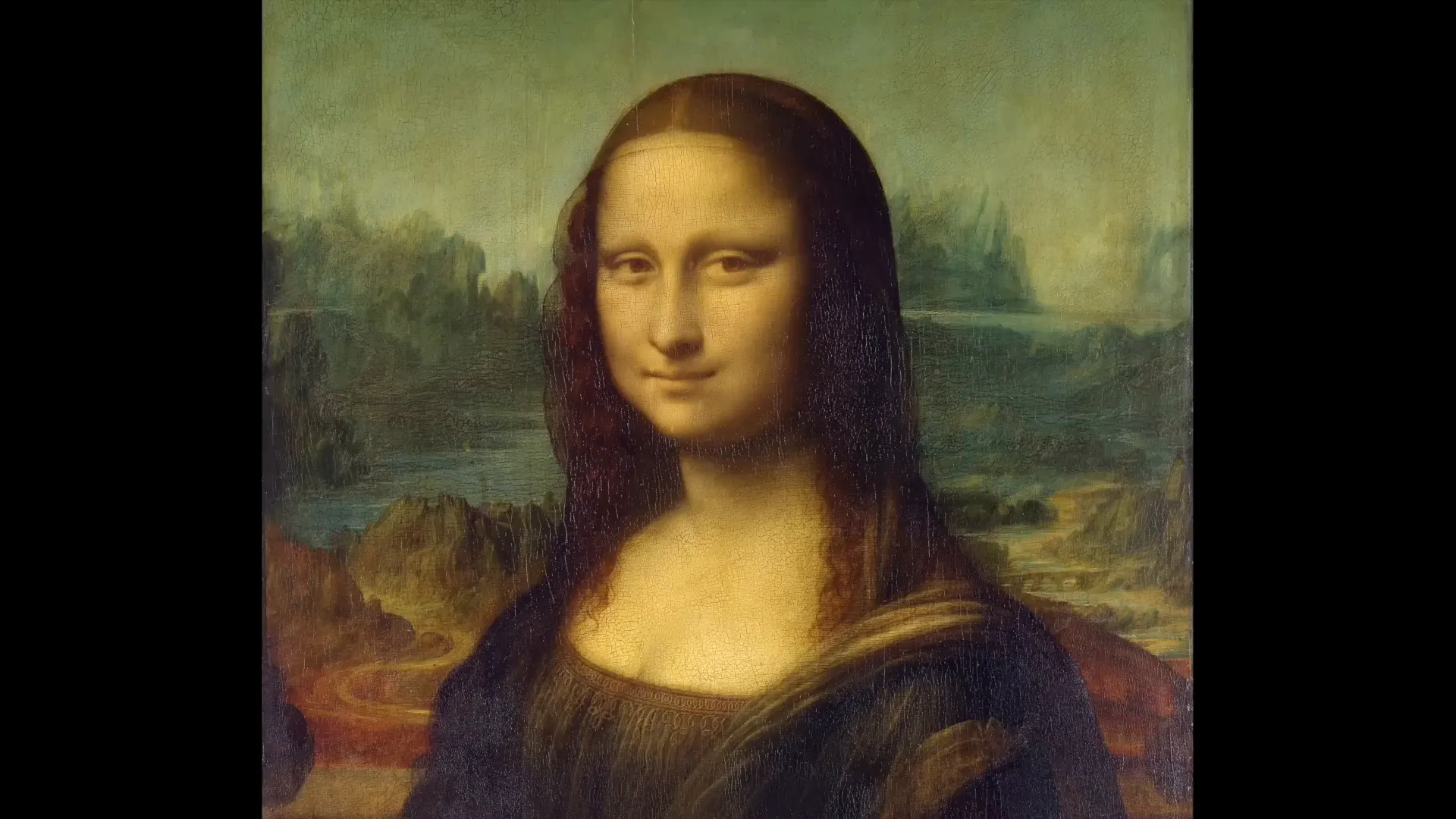
Furthermore _Leonardo’s approach, to depicting the subjects eyes adds to this illusion._ When seen from perspectives_ it gives the impression that her gaze adjusts to follow the observer_ a phenomenon that can only exist in images_. This enchanting effect pulls the audience further into the moment_ blurring the boundaries, between reality and art_.
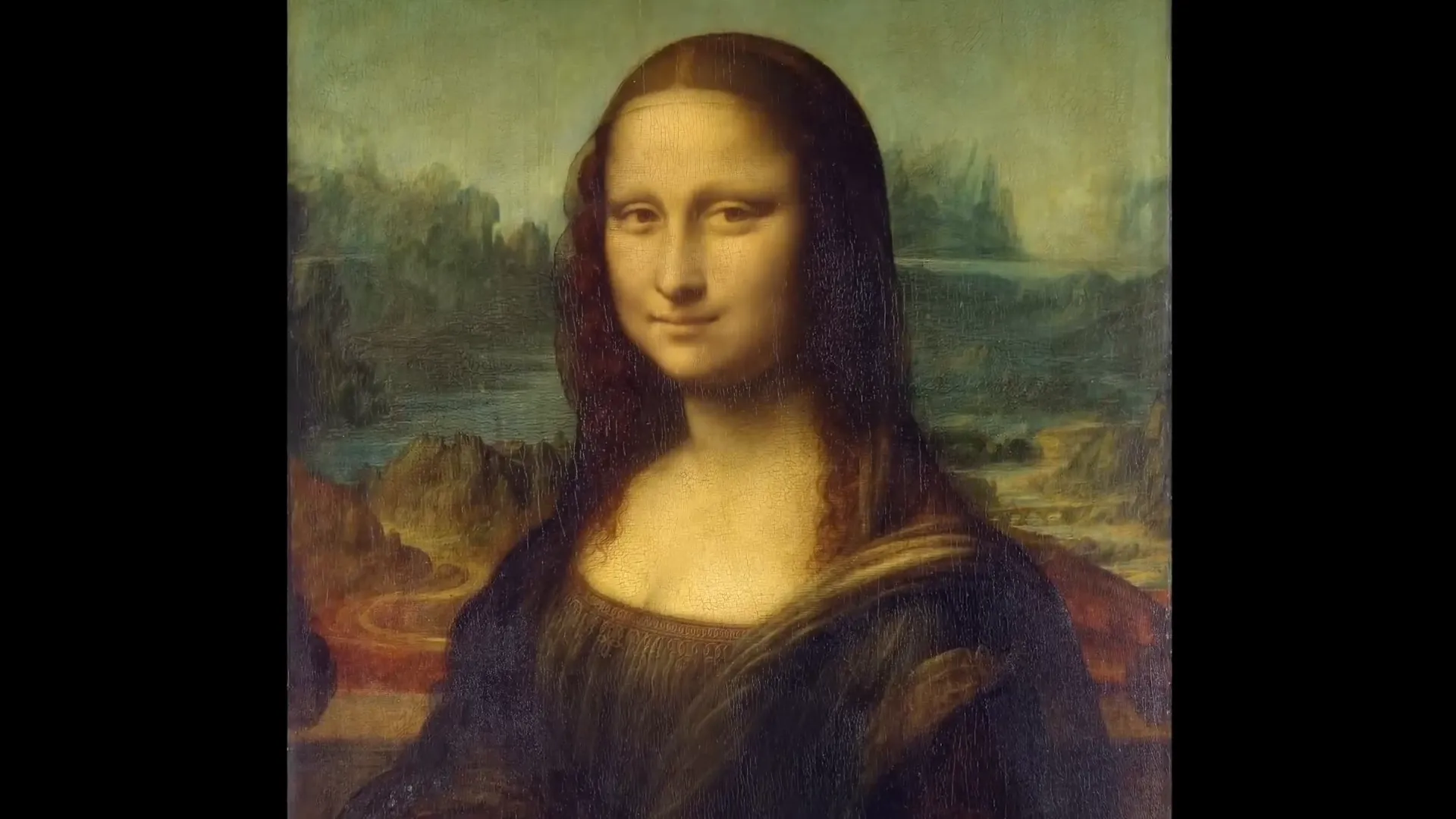
The Enigmatic Smile
The enigmatic smile of the Mona Lisa is considered one of her characteristics that captivates with its mystery and allure. Unlike the faces commonly found in portraits of that time period Leonardos subject showcases a smile that appears to change with the observers perspective. This elusive charm highlights Leonardos knowledge of structure and emotions.
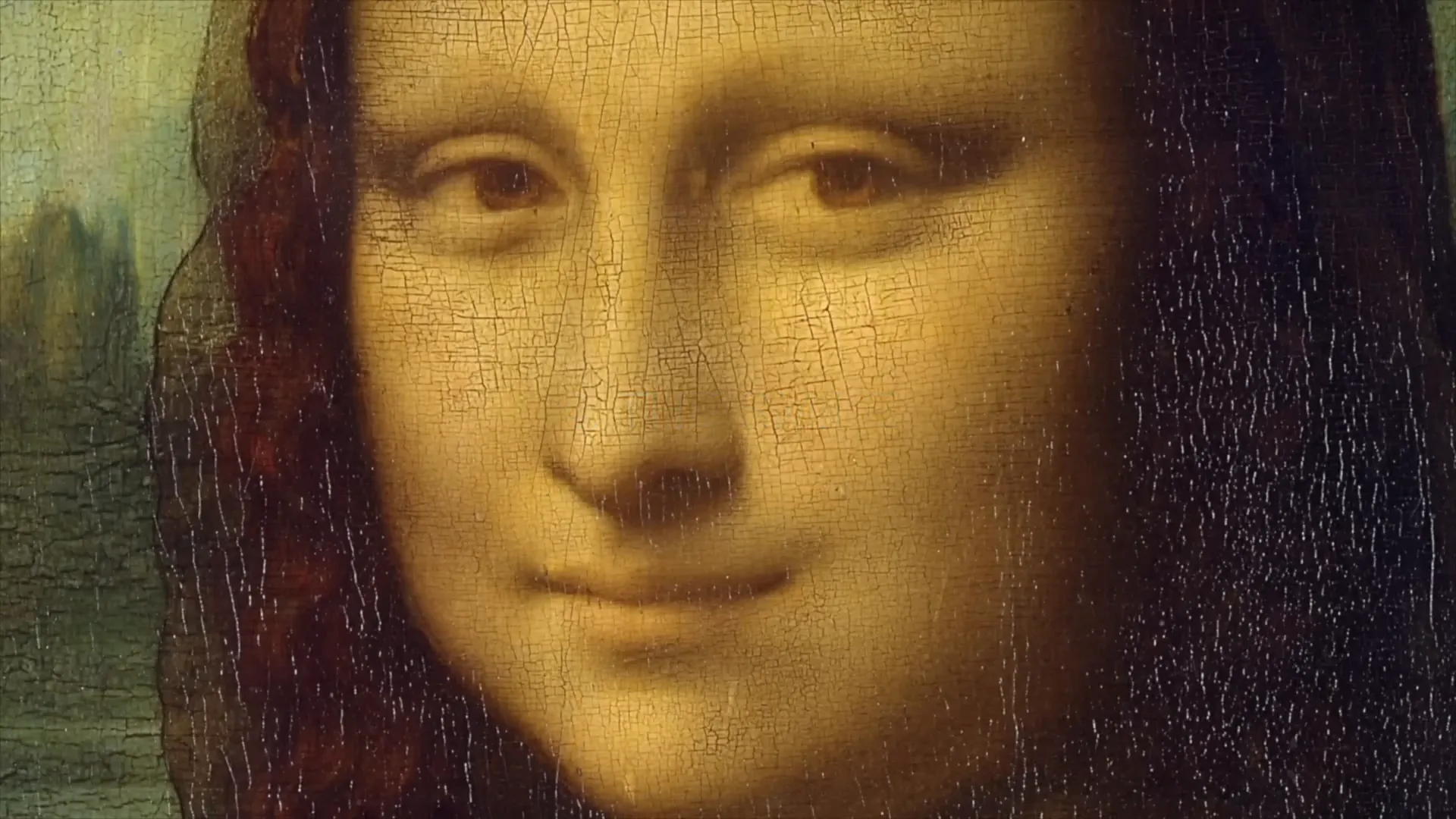
In order to create this impact Leonardo dedicated hours, to examining the intricacies of expressions. He carefully analyzed cadavers to investigate the collaboration between muscles and nerves, in producing a smile. Through this study he was able to depict an expression that exudes vitality, capturing the nature of human emotions.
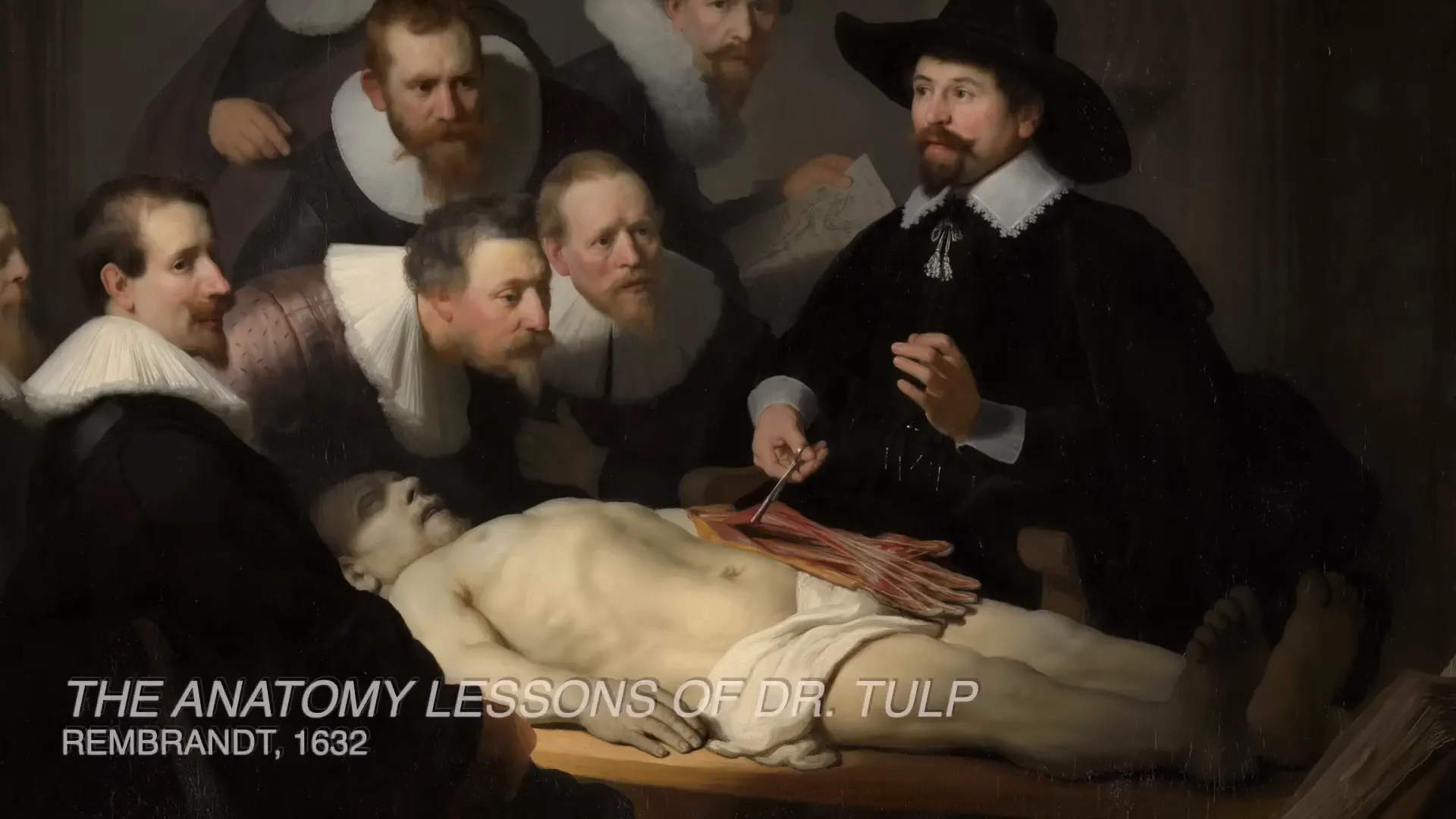
Leonardos clever application of chiaroscuro and sfumato methods adds a layer of charm, to the smile in the painting. The way light and shadow play together near her lips gives the impression of depth. Makes it tricky for viewers to interpret her expression definitively. When you alternate your gaze, between her eyes and lips the smile seems to transform showcasing Leonardos brilliance.
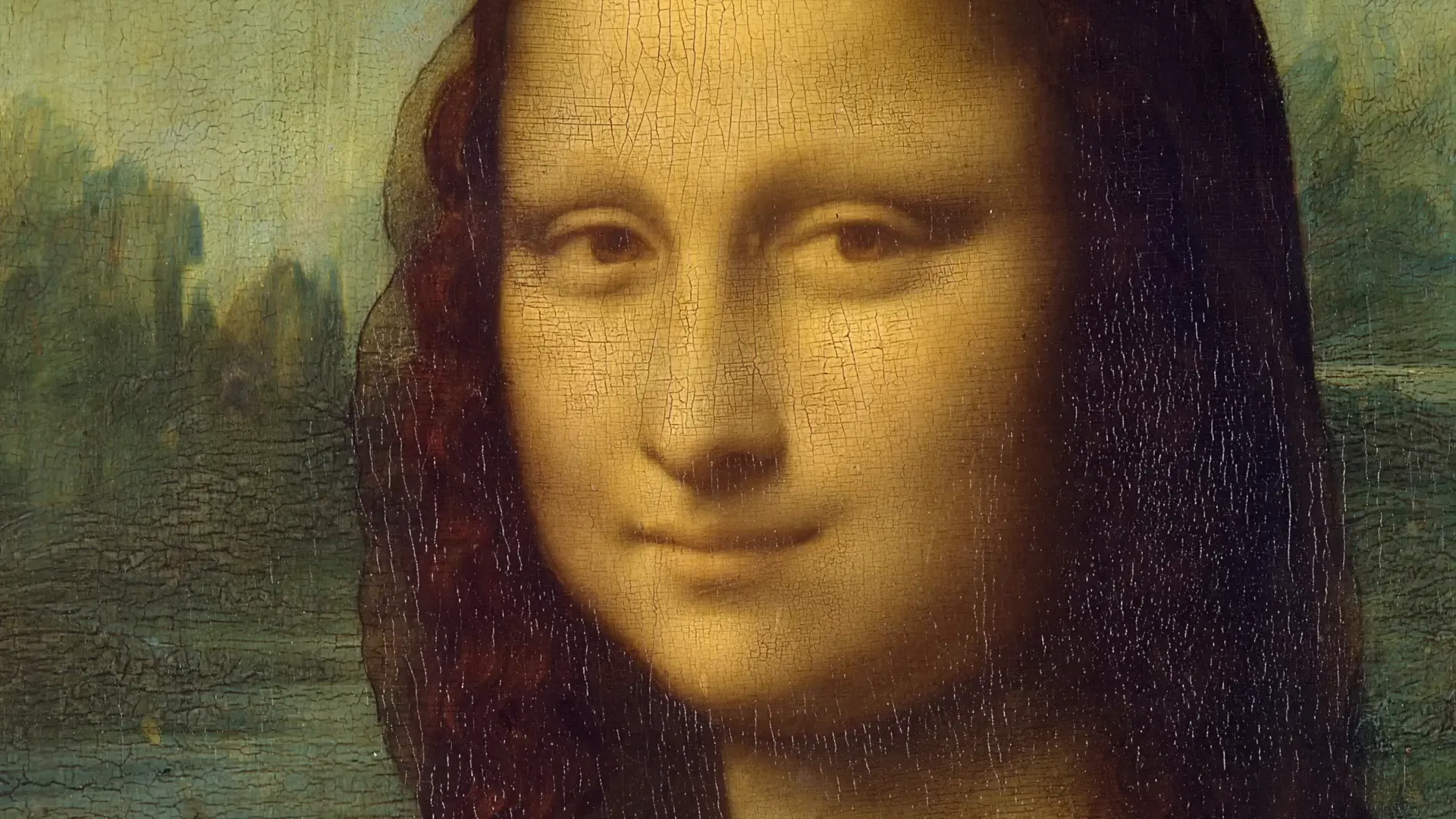
Mona Lisa's Rise to Fame
The transformation of the Mona Lisa, into a symbol is truly captivating! Originally appreciated for its merit its fame escalated dramatically after it found a new home at the Louvre in 1797 and caught Napoleons eye personally – earning it a place of honor, in his private chambers.
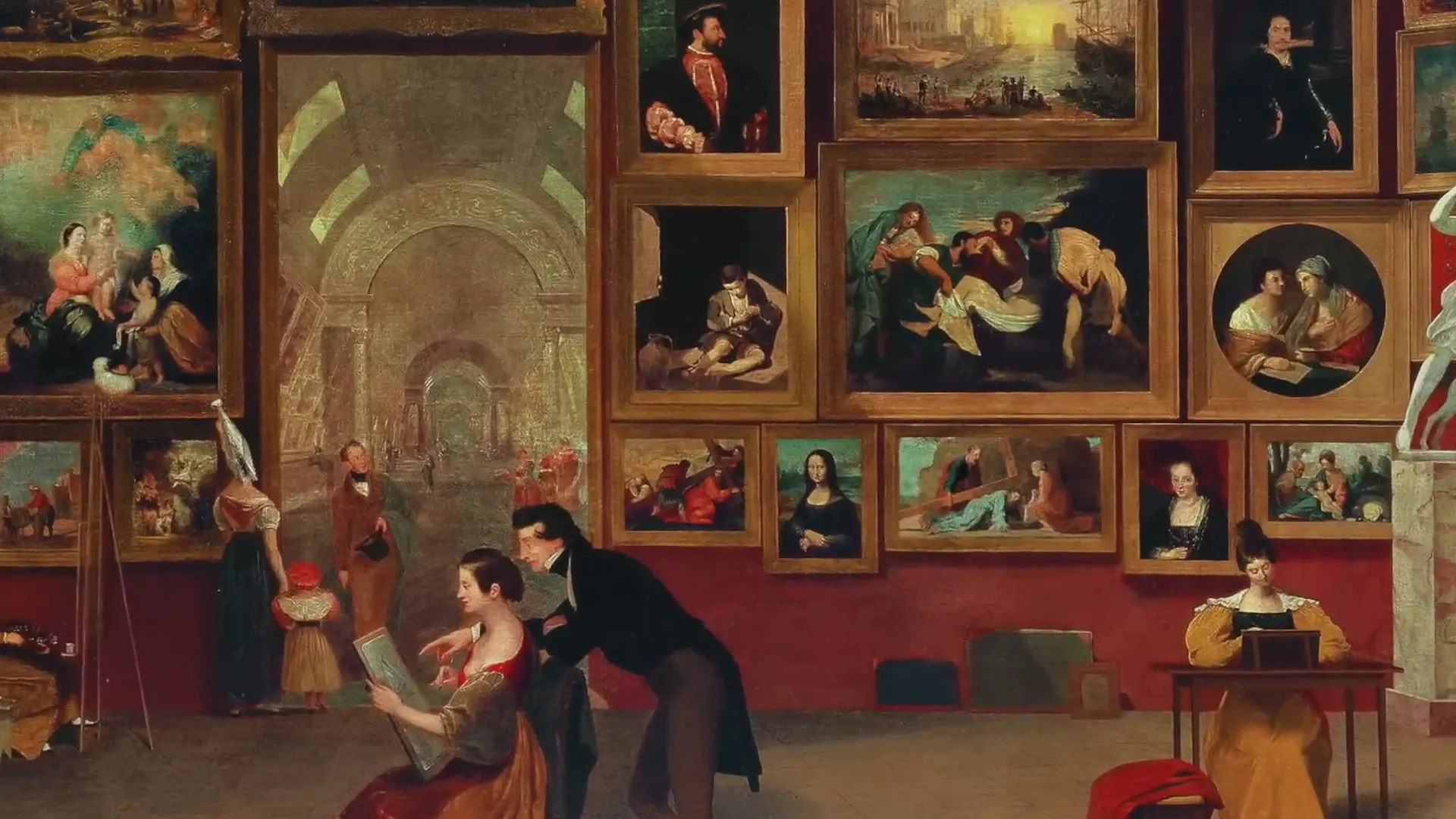
During the 1800s era it was common for famous individuals to showcase the Mona Lisa in their engravings and writings which contributed to its increasing popularity and reverence, among art enthusiasts at that time.The first photograph of her was captured in 1854 when she had already gained recognition within the community.
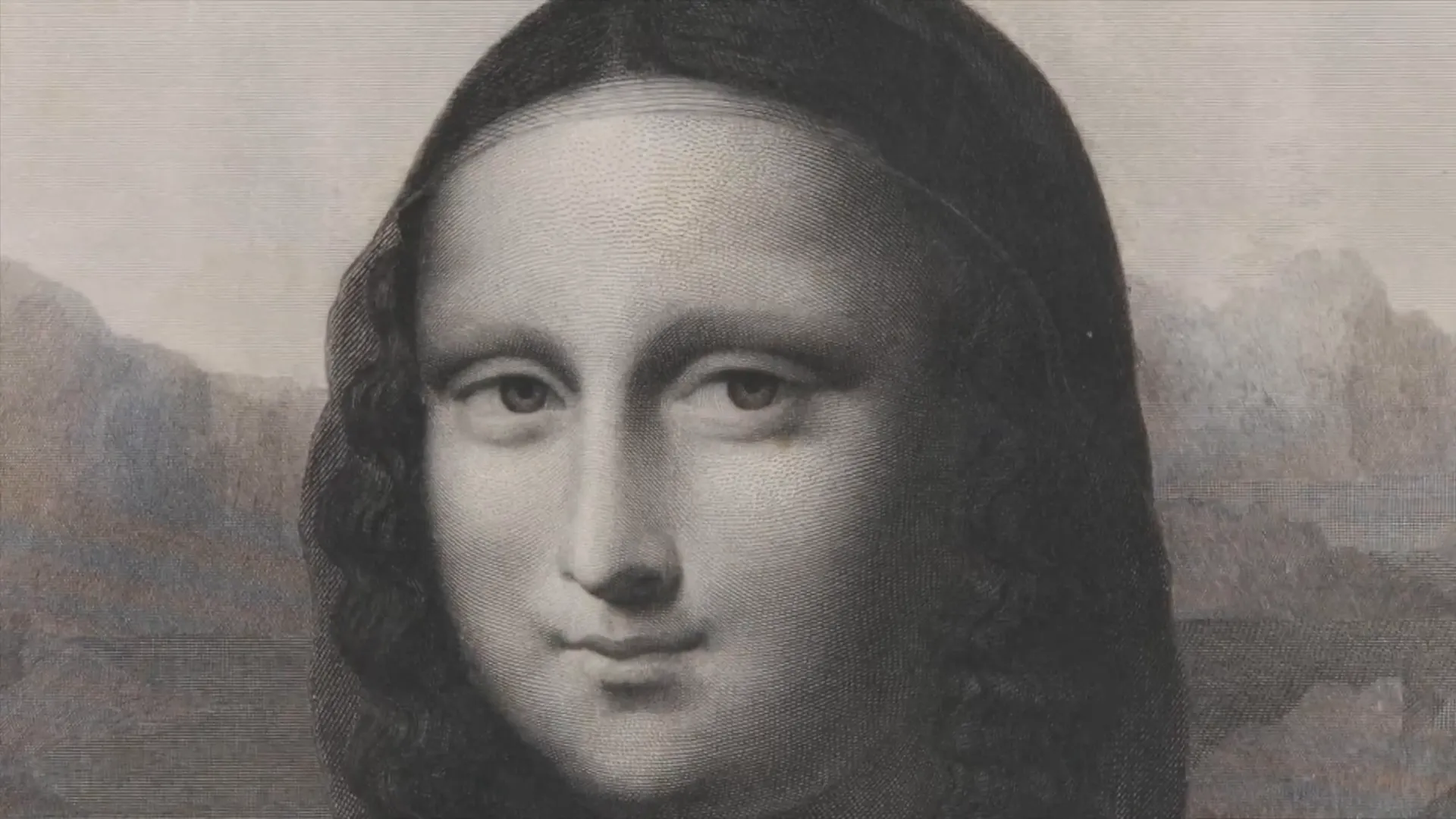
The moment when the Mona Lisa was stolen in 1911 played a role, in boosting her fame levels to heights.Vincenzo Perugias theft of the artwork not made news headlines but also sparked intense curiosity and discussions among the public.The painting went missing for than two years creating a spectacle as people noticed the absence of the Mona Lisa, from the Louvre.
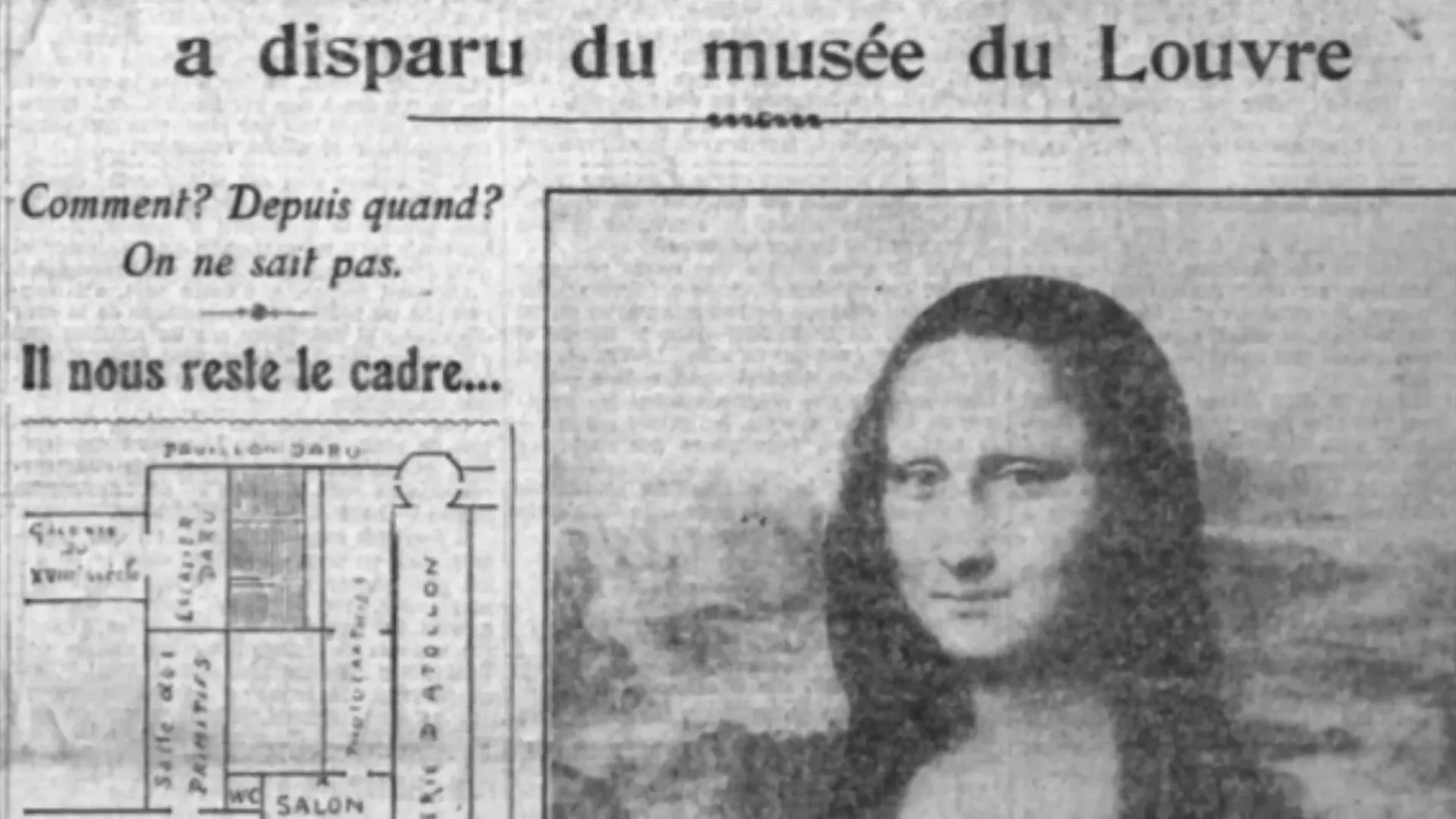
The Impact of the Theft in 1911
The publics perception of the Mona Lisa underwent a change after it was stolen – initially famous but propelled into prominence by the sensational theft incident and subsequent media coverage that highlighted the paintings importance and captivated audiences who had not encountered it in real life before.
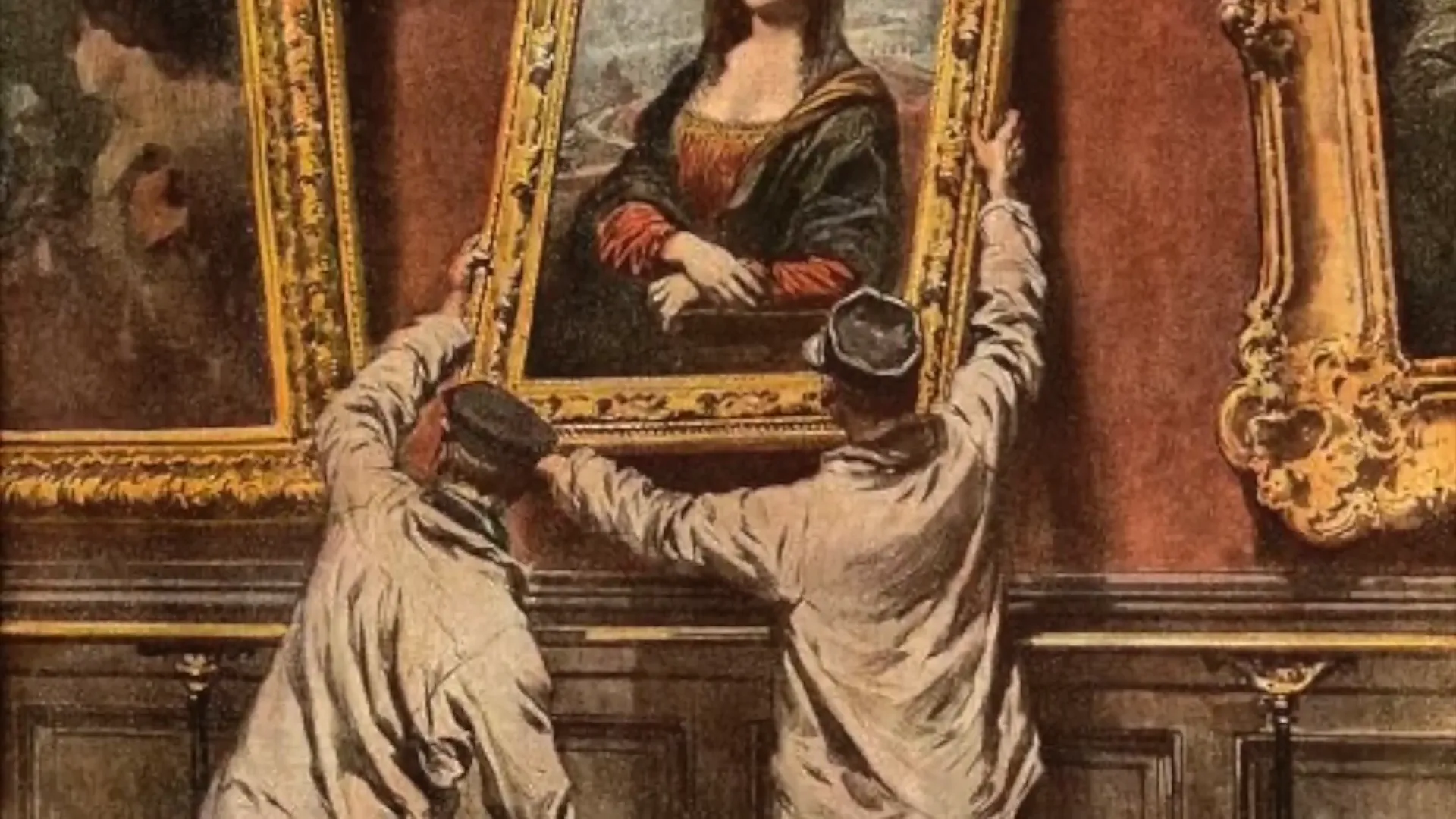
While she was away, from the eyes view for a while people became more and more intrigued by the artwork. Once the painting was found again and brought back to the Louvre it attracted a crowd of admirers confirmin its position, as a revered cultural symbol.
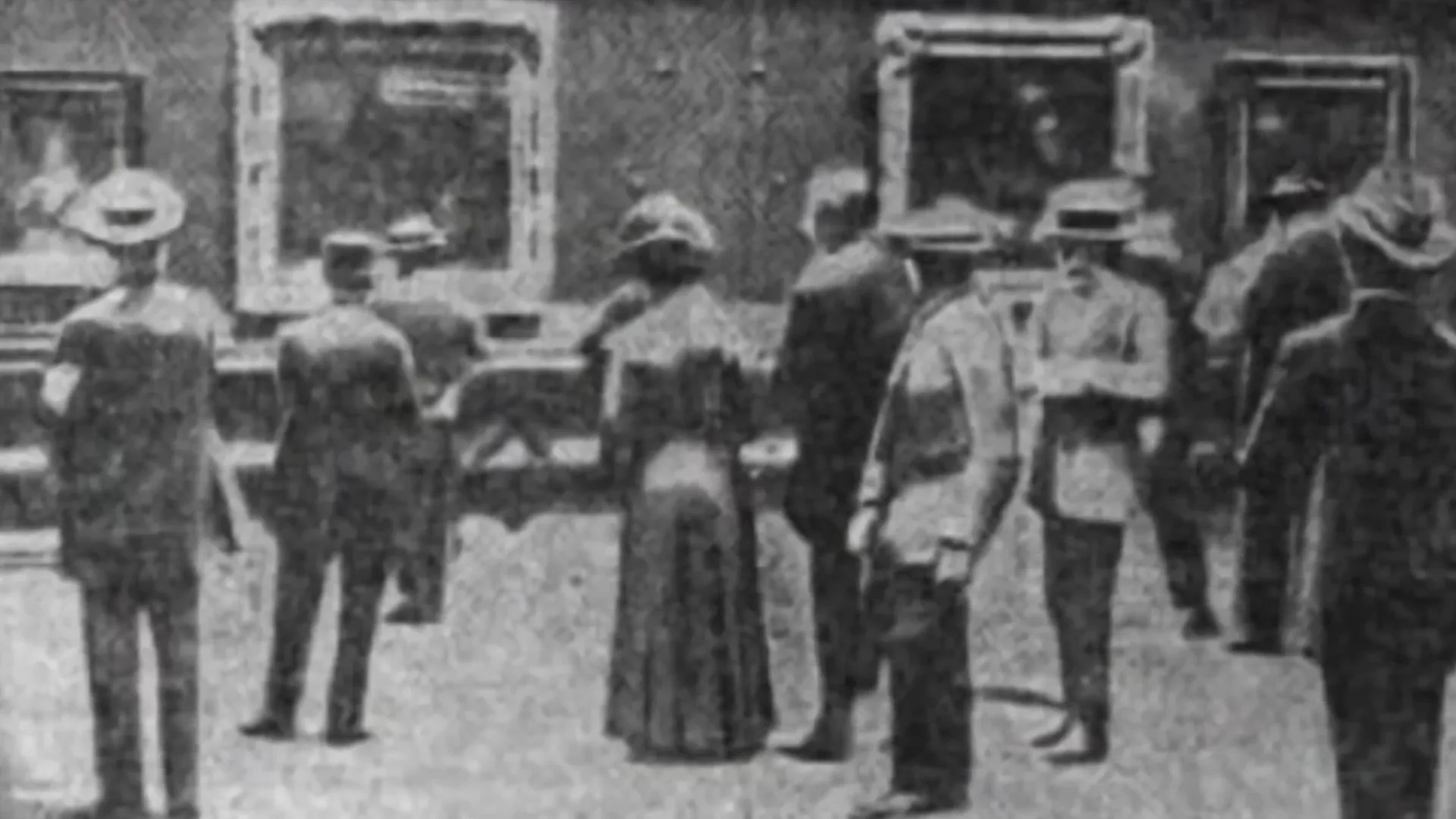
Conclusion: The Legacy of the Mona Lisa
The impact of the Mona Lisa goes beyond being a painting, on canvas; her mysterious smile and the sense of motion portrayed in the artwork have turned her into a representation of artistic brilliance throughout history and todays society reveals Leonardo da Vincis talent in merging art with science through this masterpiece that highlights the deep link, between these two fields.
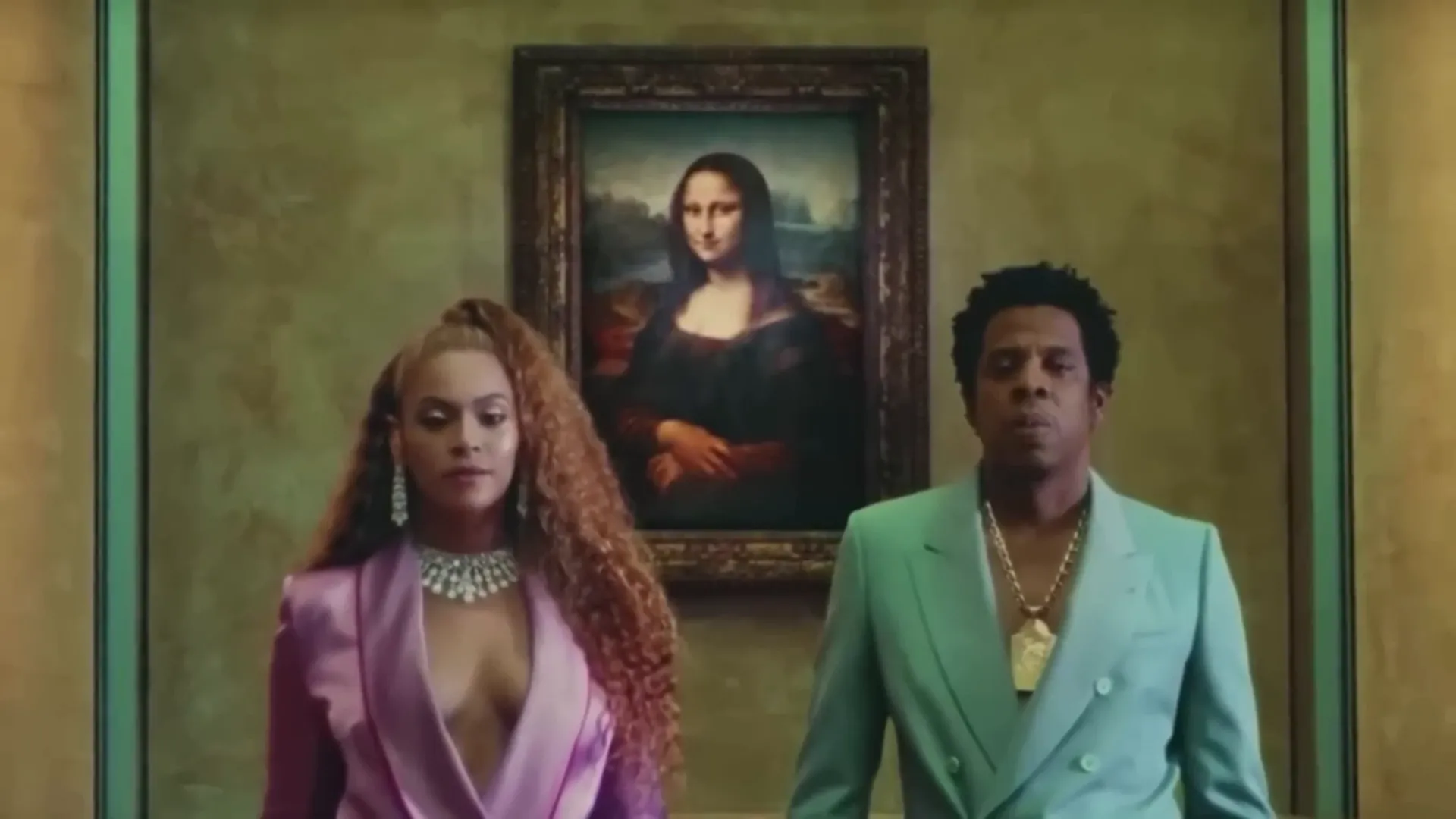
Centuries, after being painted into existence by an artists hand; the enigmatic smile of the Mona Lisa still. Stimulates contemplation, among those who gaze upon her portrait today.She serves as an example of arts ability to communicate feelings and concepts; beckoning observers to delve beneath the surface and connect with the profound messages concealed within her enigmatic gaze.
FAQs about the Mona Lisa
- Why is the Mona Lisa so famous? The Mona Lisa is renowned for its artistic mastery, intriguing smile, and historical significance, including its theft in 1911.
- Who painted the Mona Lisa? The Mona Lisa was painted by the Italian artist Leonardo da Vinci in the early 16th century.
- What techniques did Leonardo use in the Mona Lisa? Leonardo employed techniques such as chiaroscuro and sfumato to create depth and realism in the painting.
- Where can I see the Mona Lisa today? The Mona Lisa is displayed in the Louvre Museum in Paris, France.
- What is the meaning behind the Mona Lisa's smile? The smile is interpreted as enigmatic and ever-changing, reflecting the complexity of human emotions.
